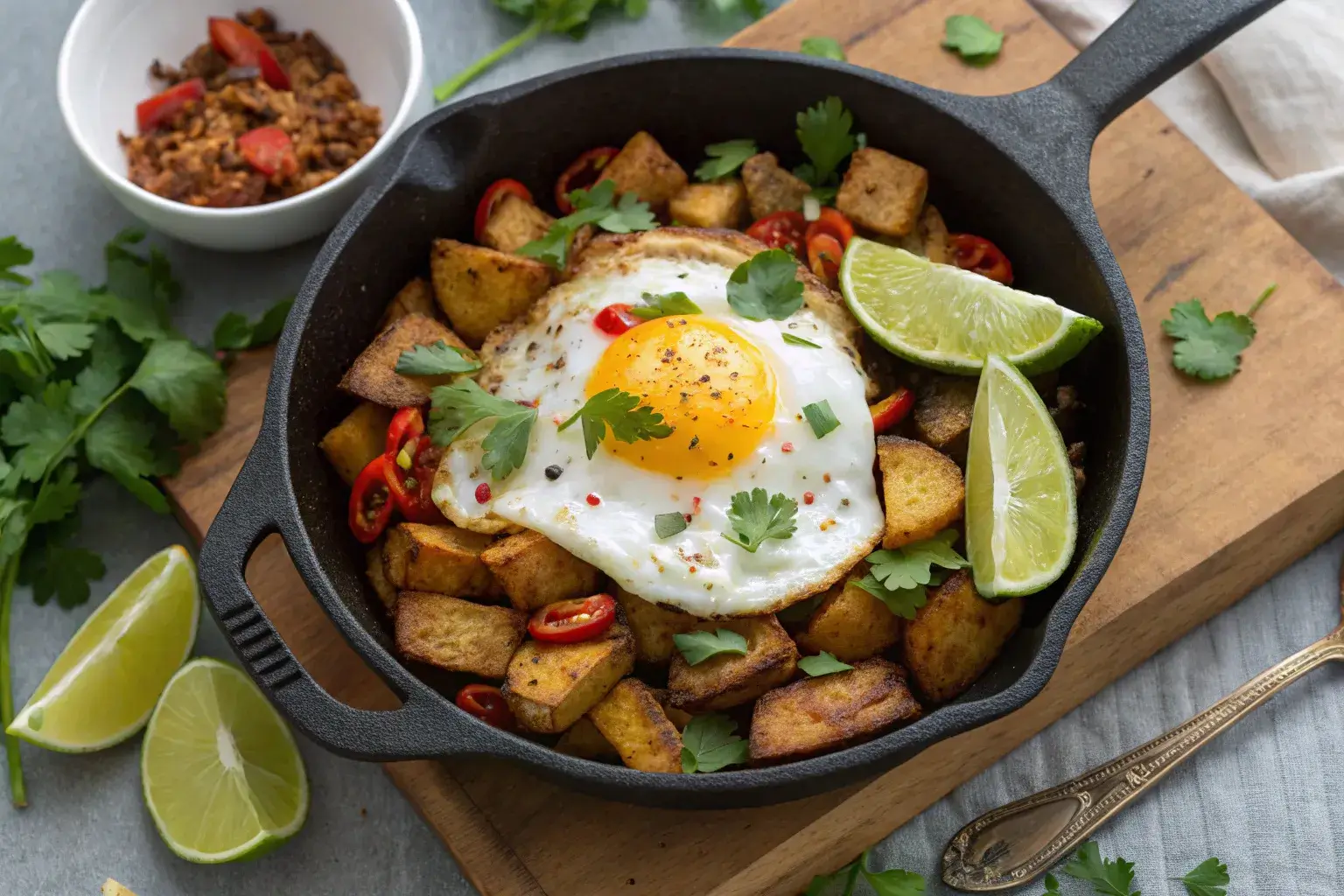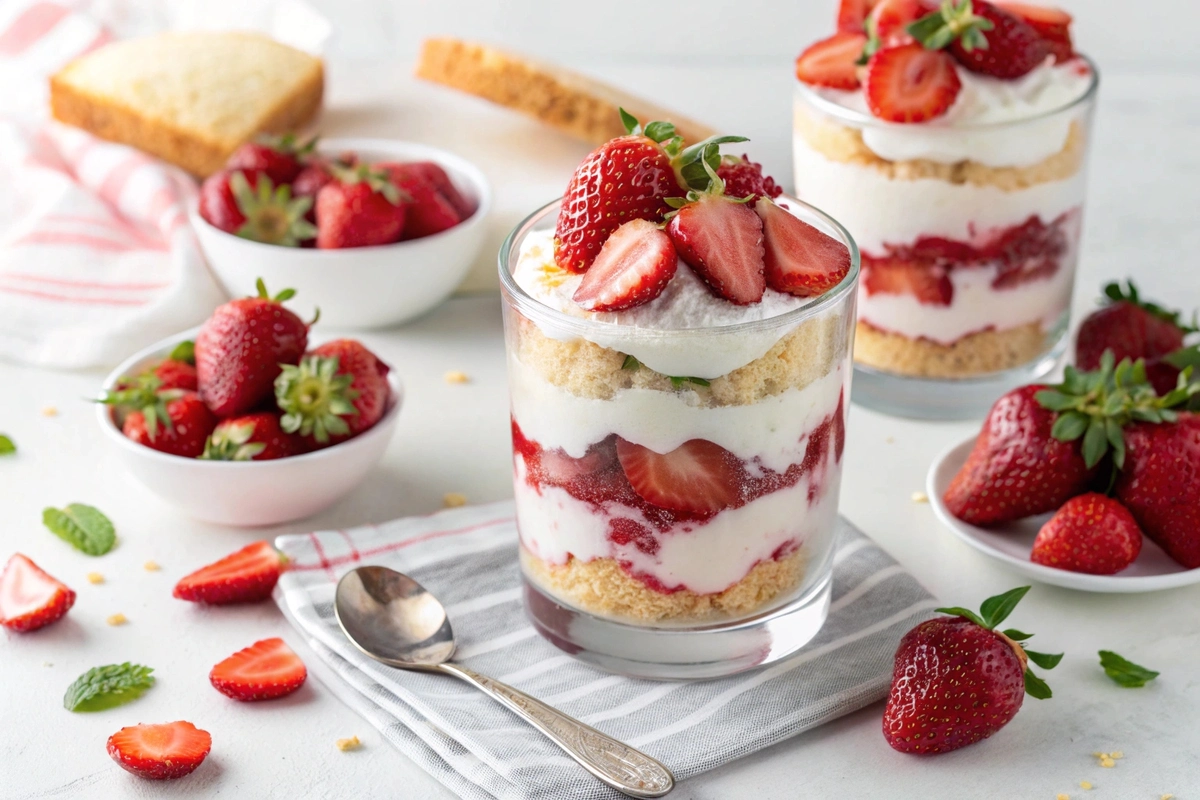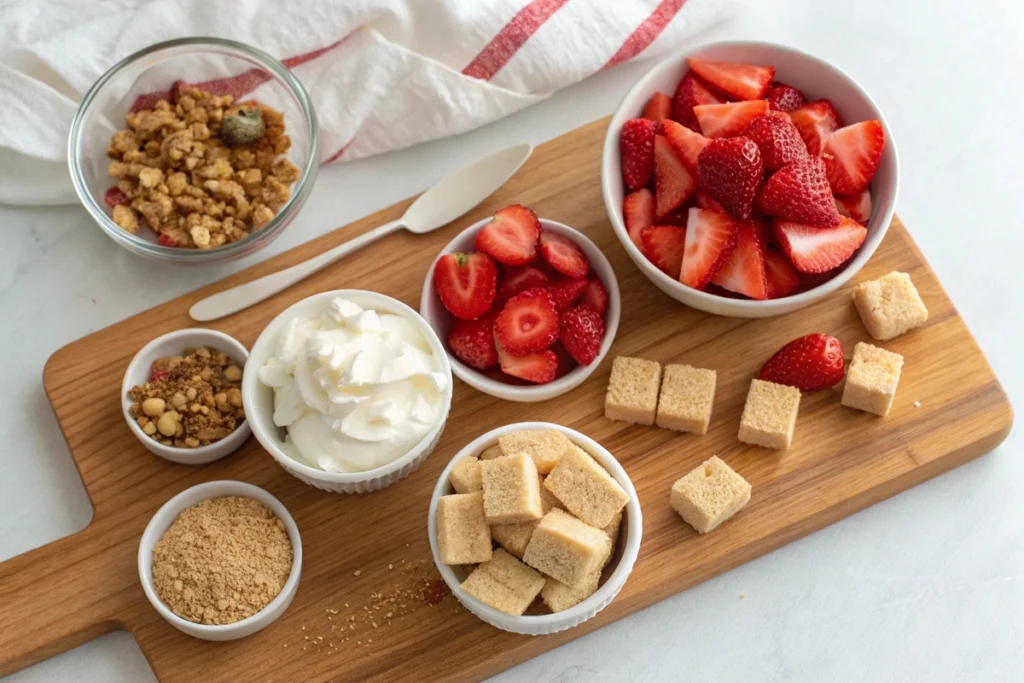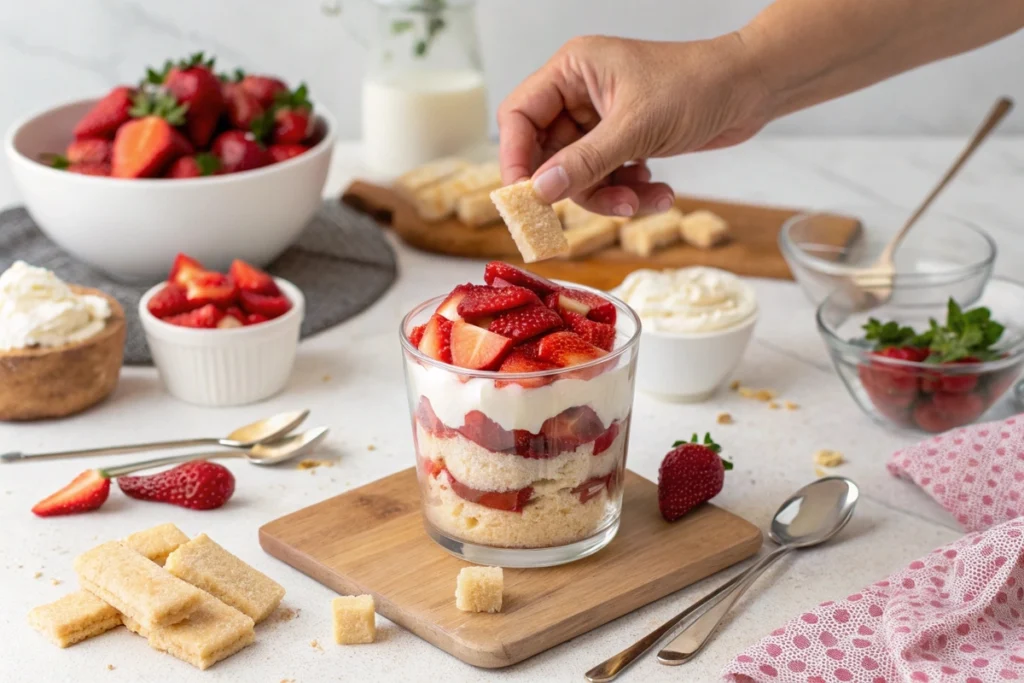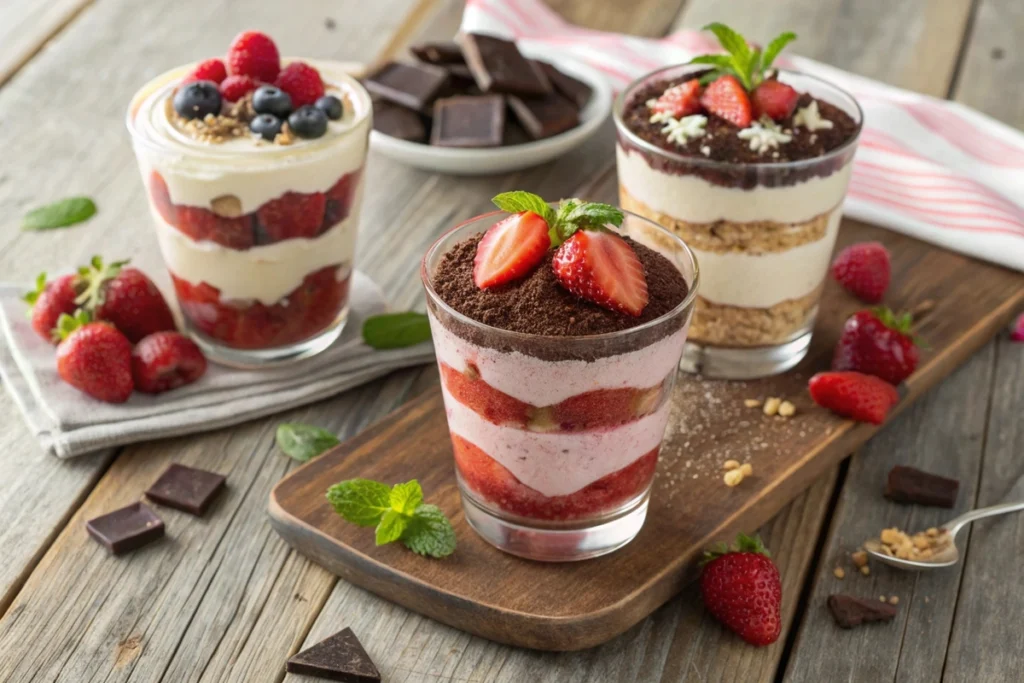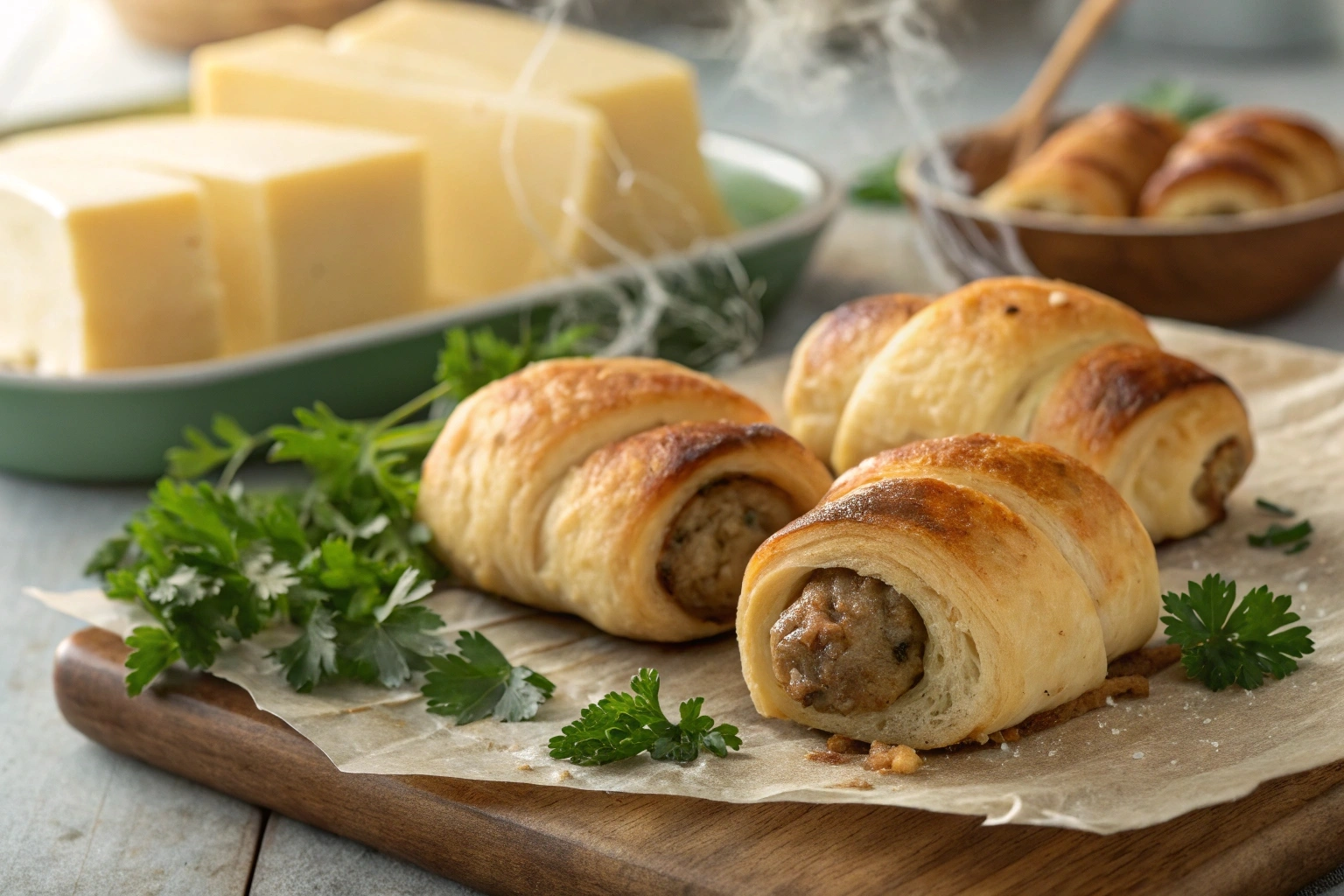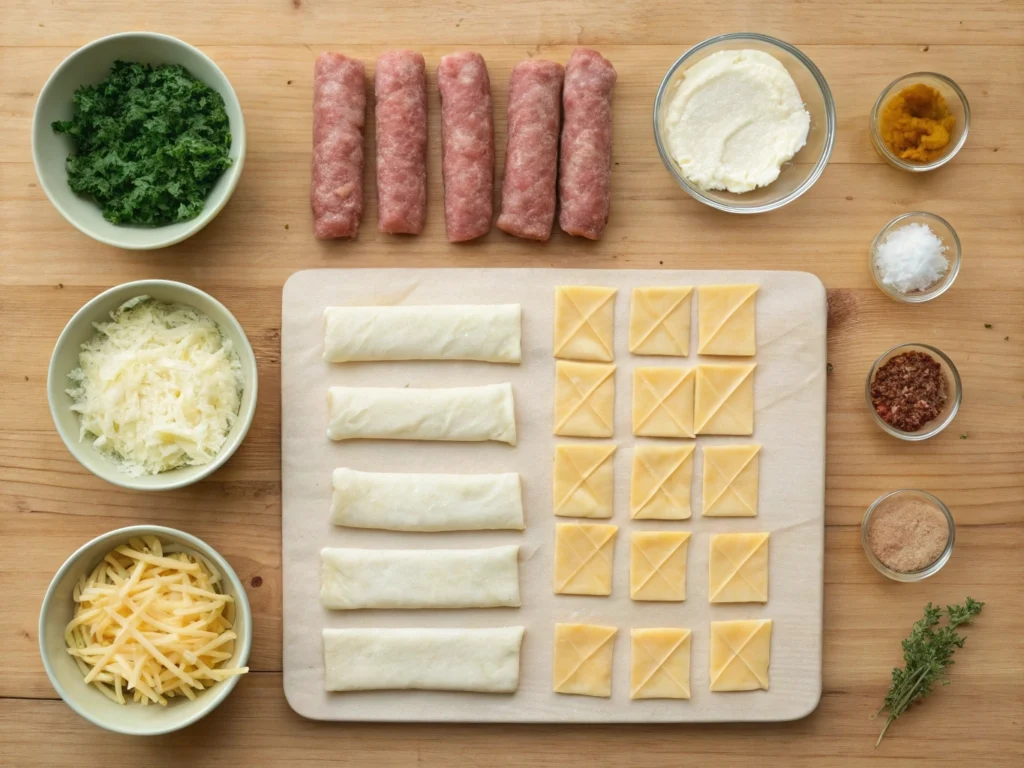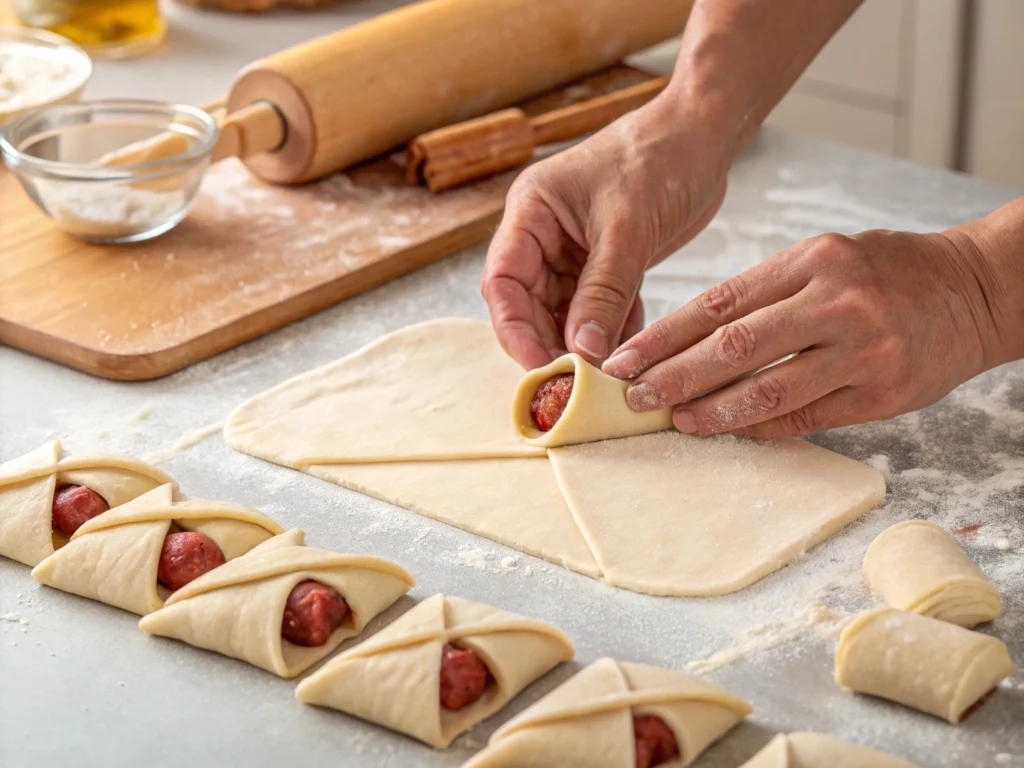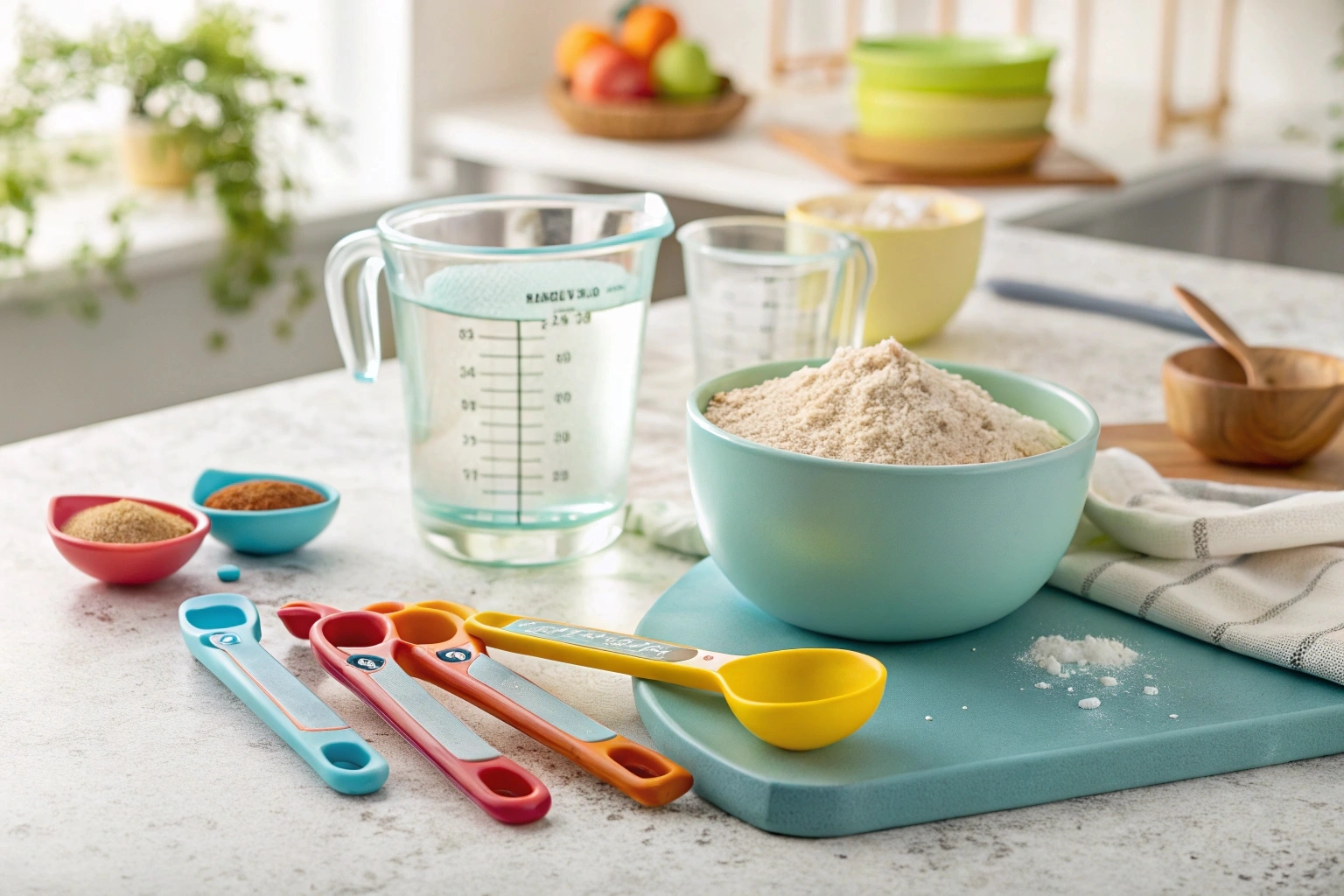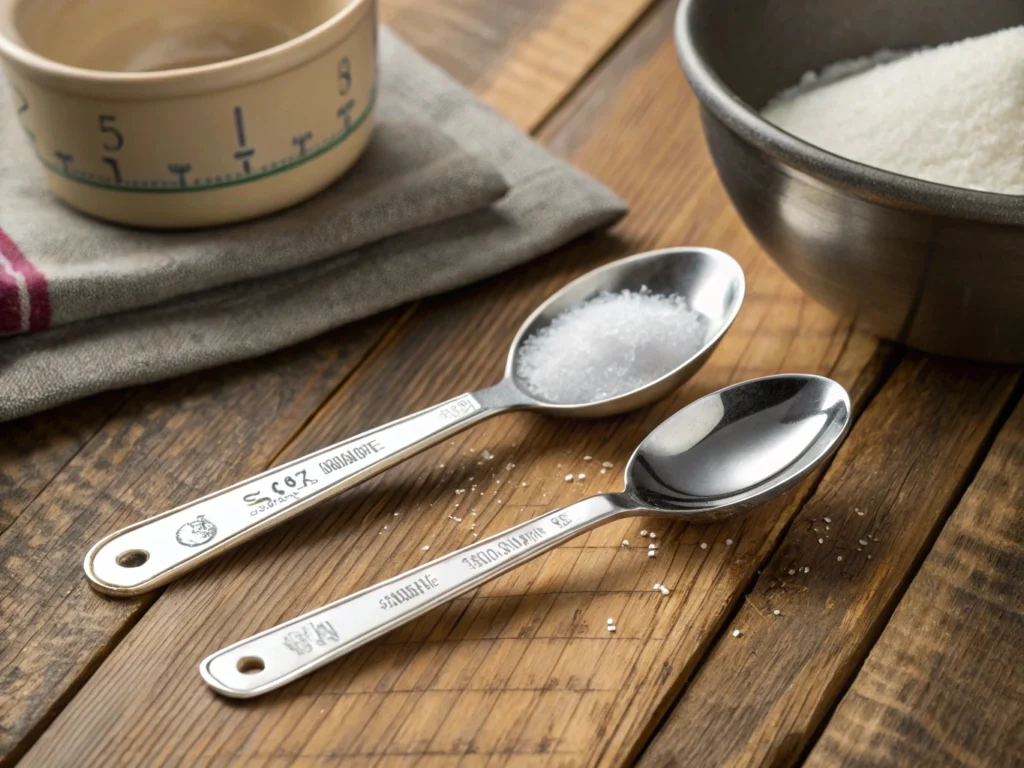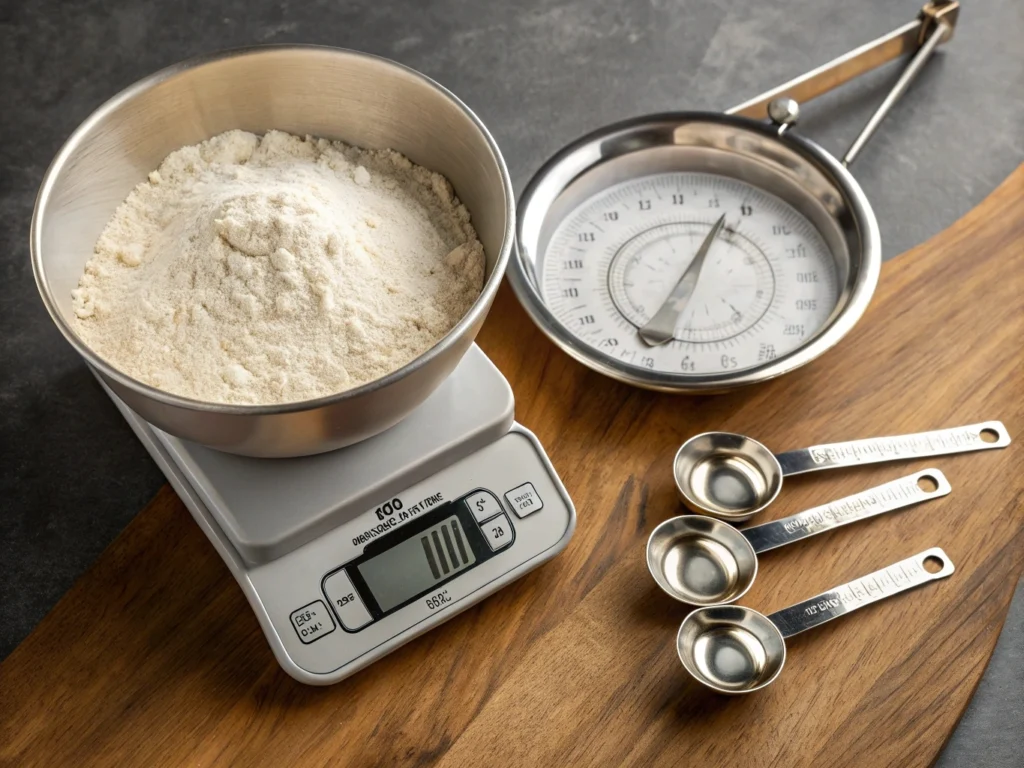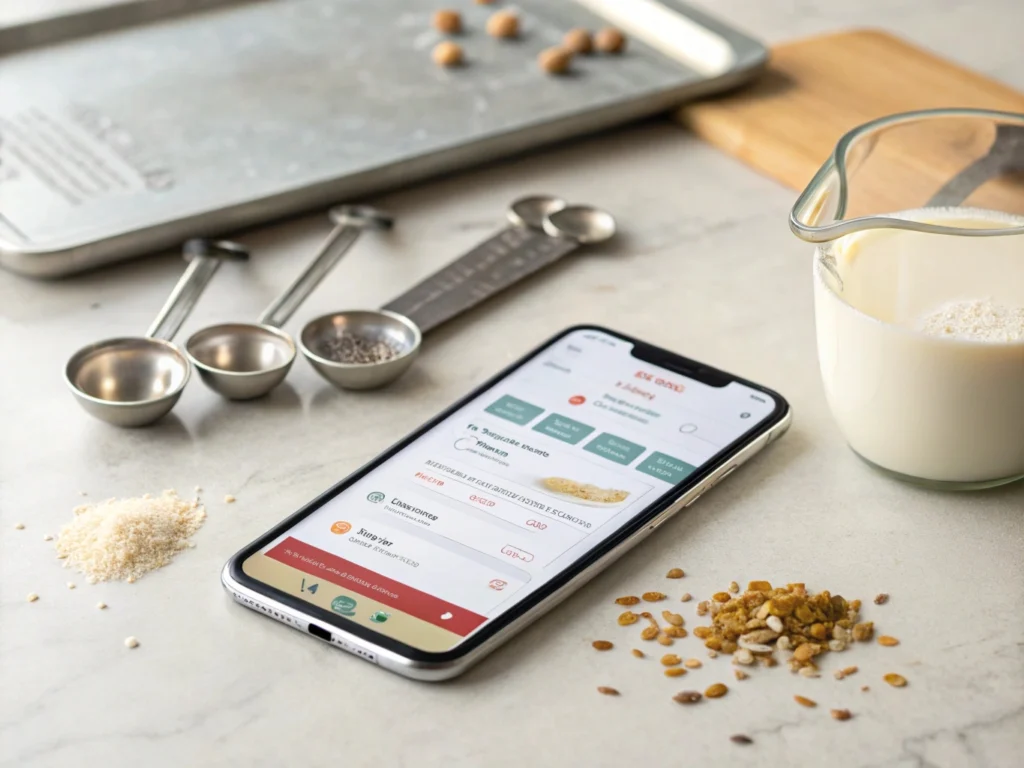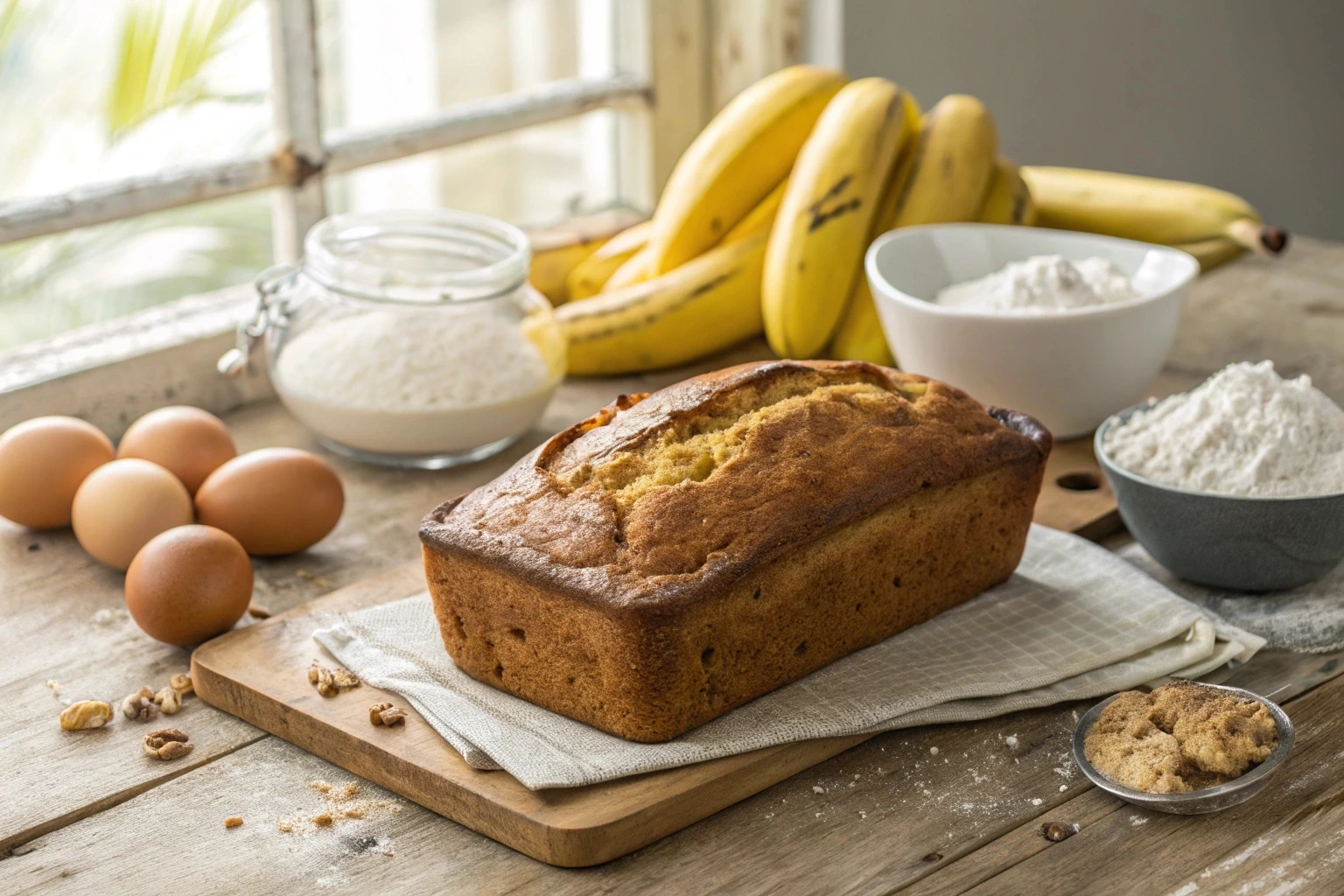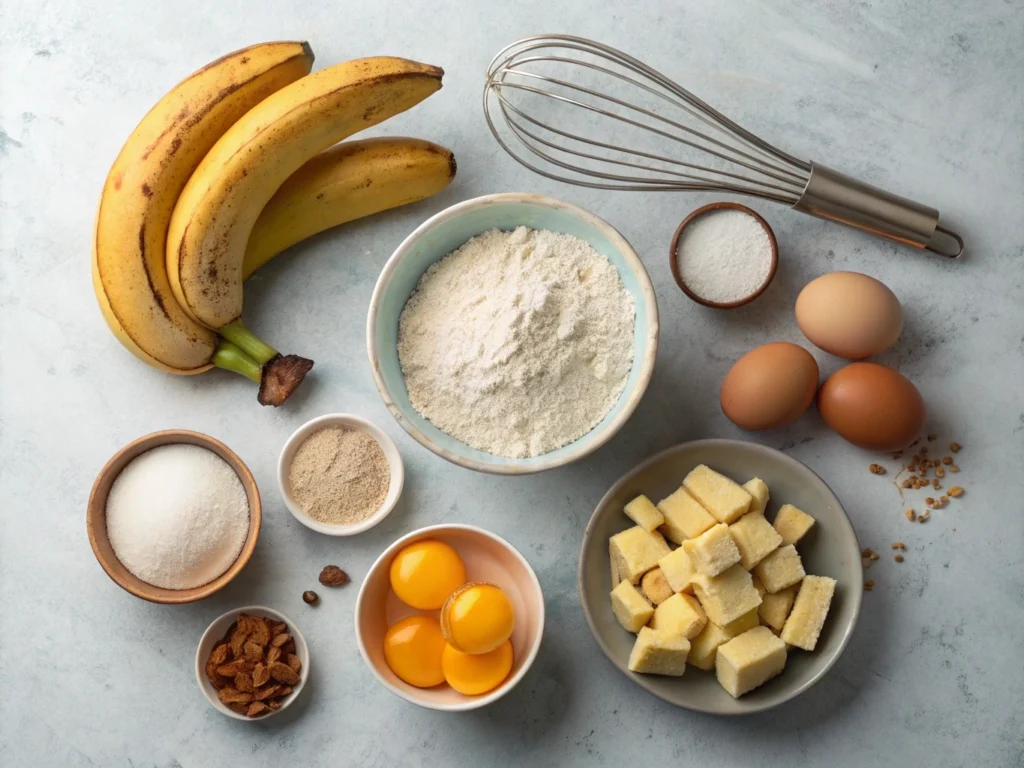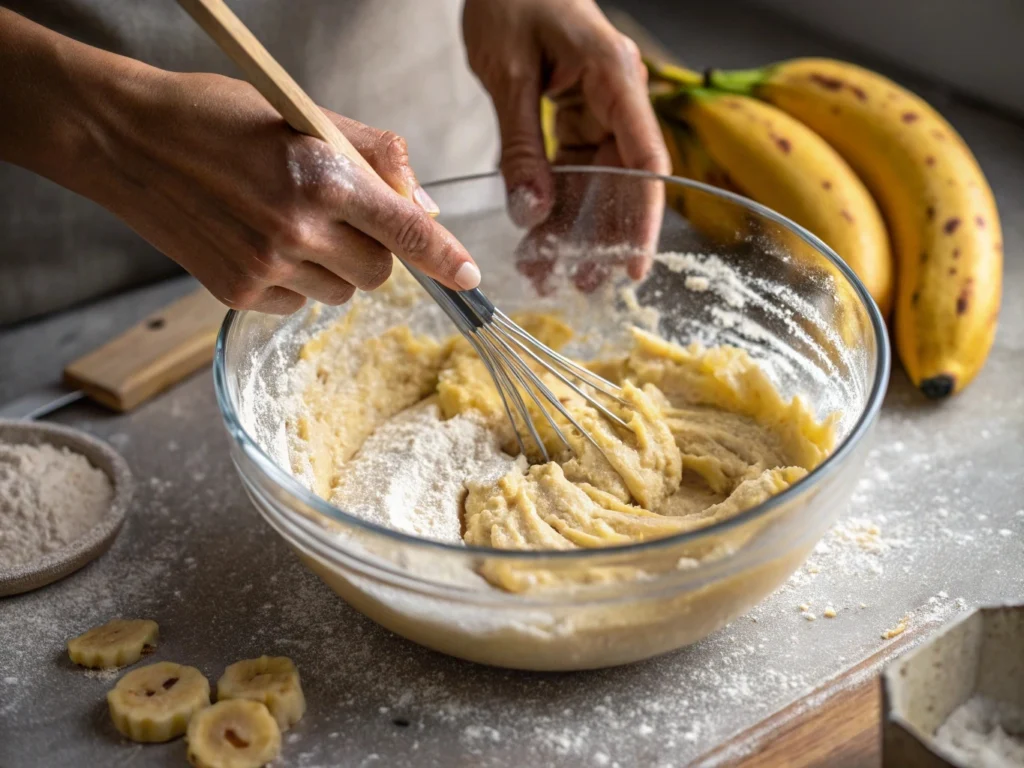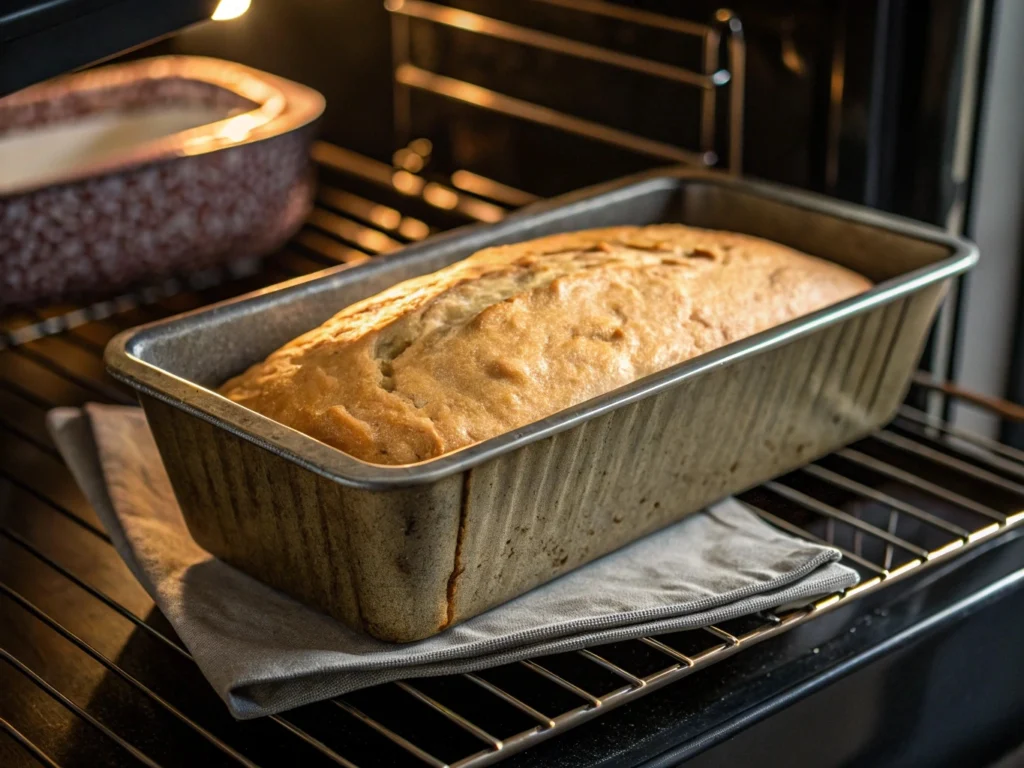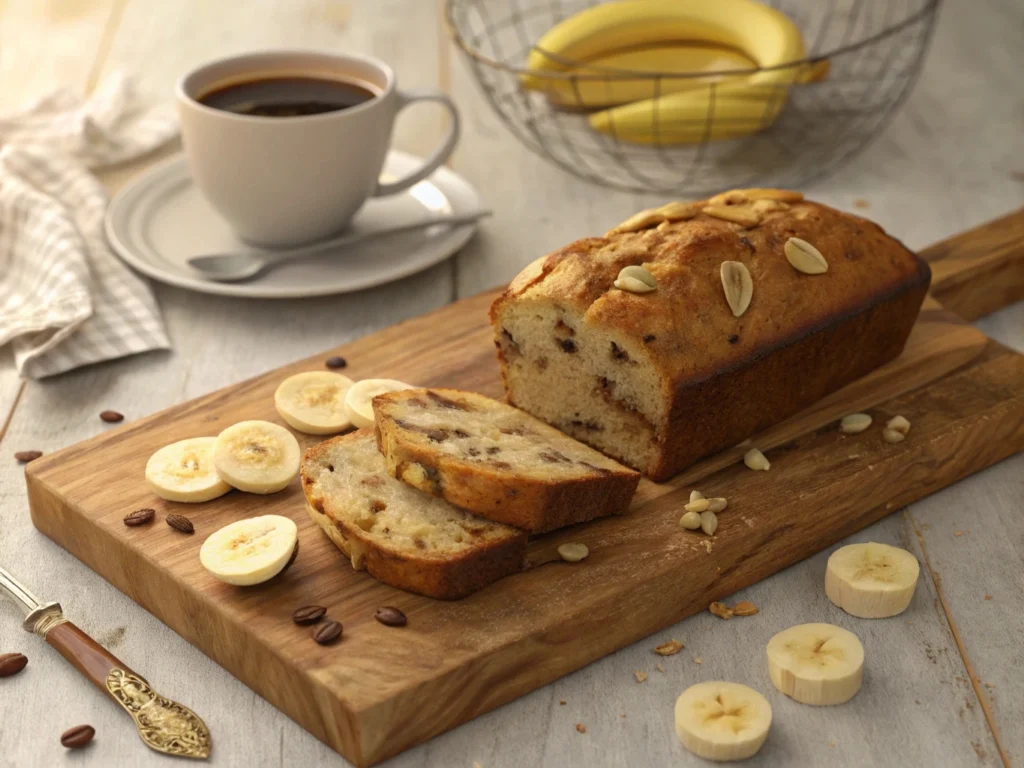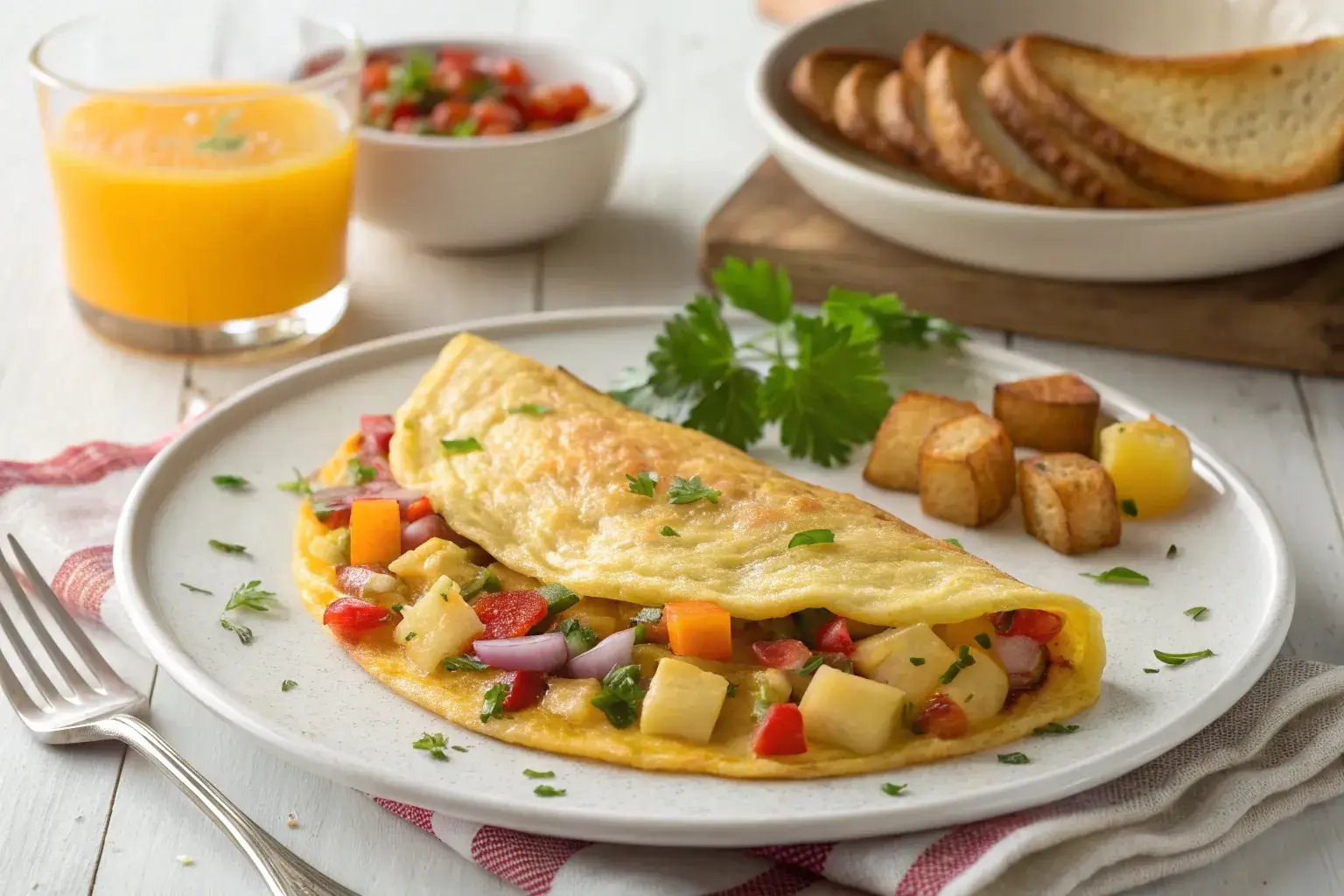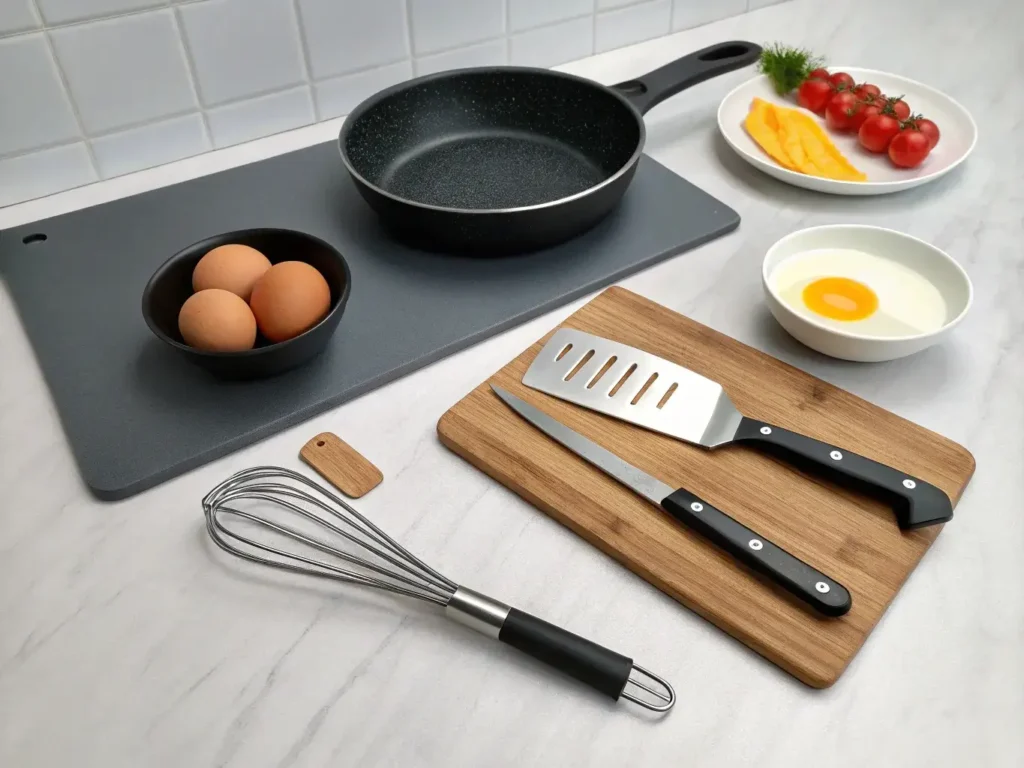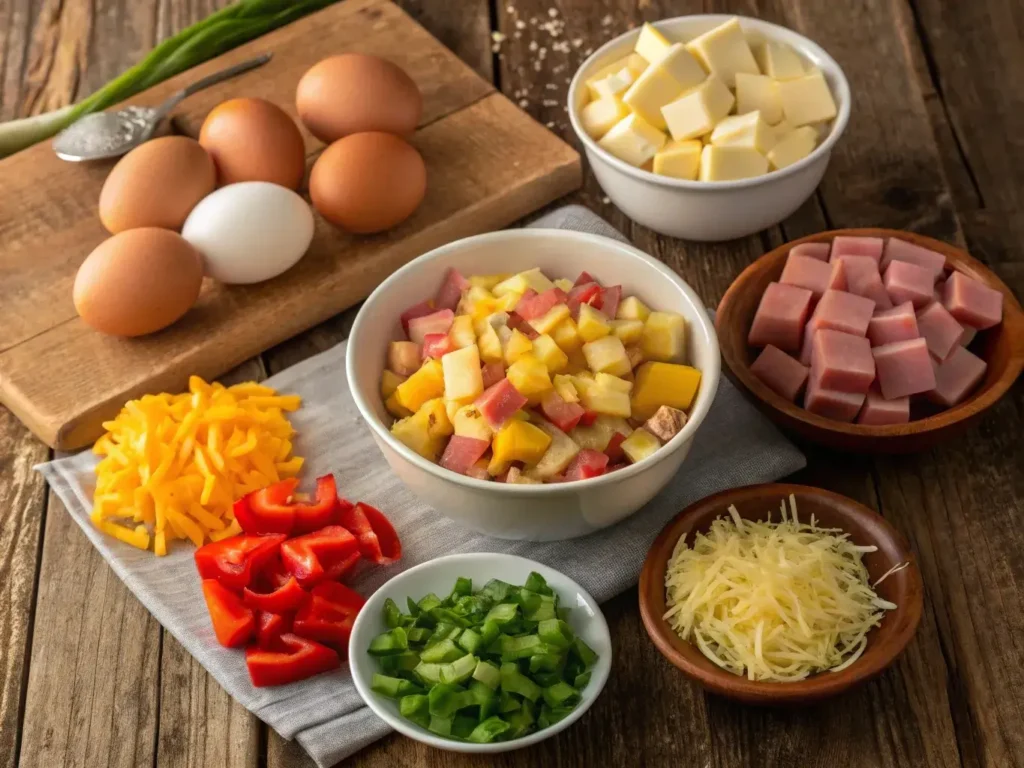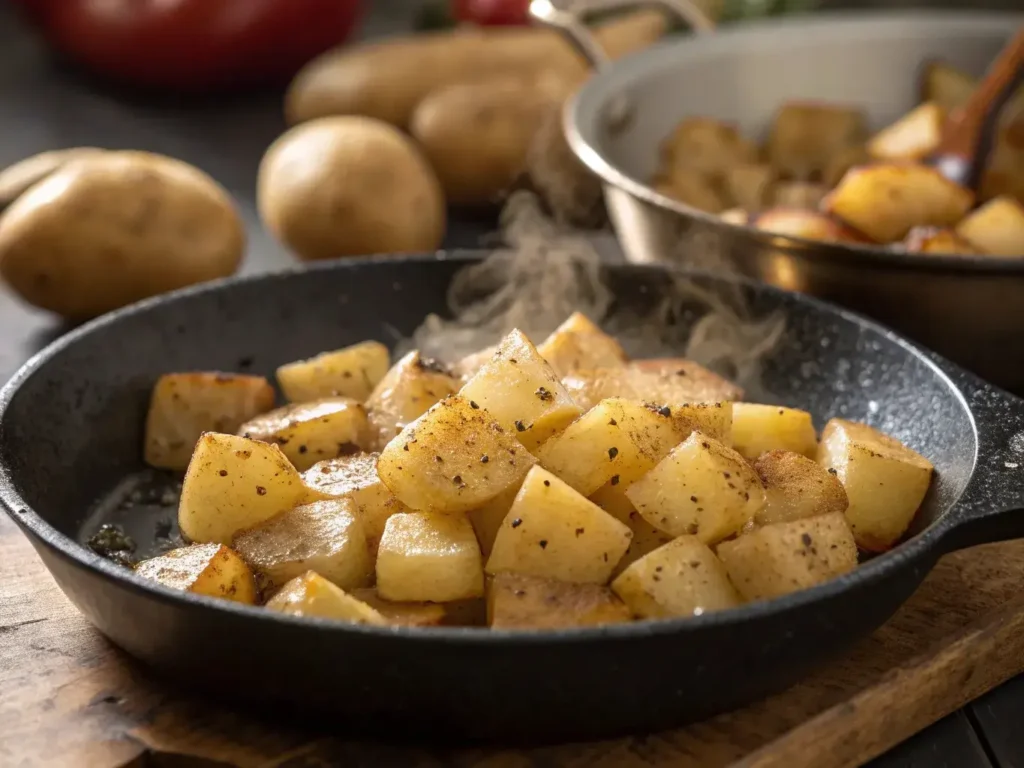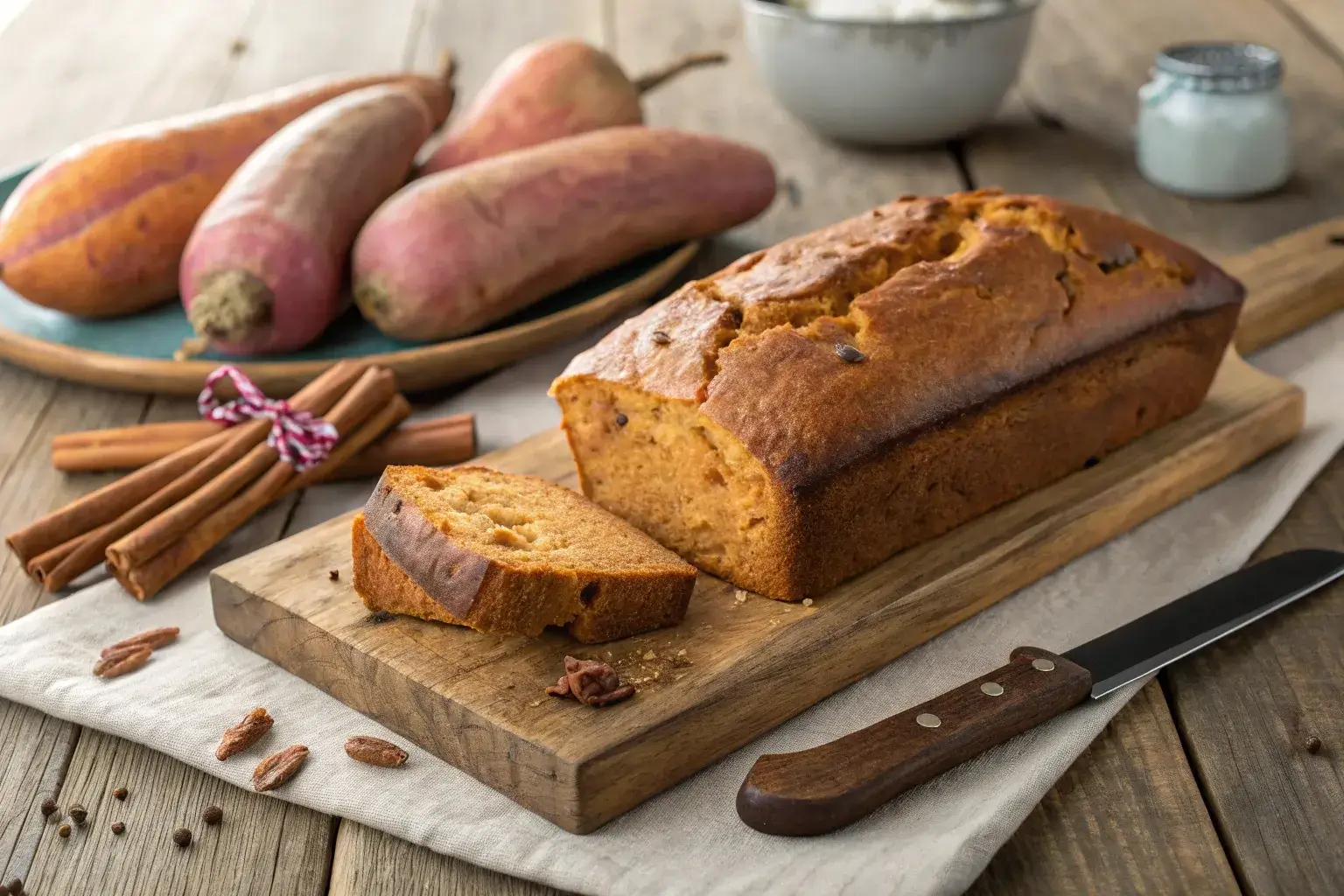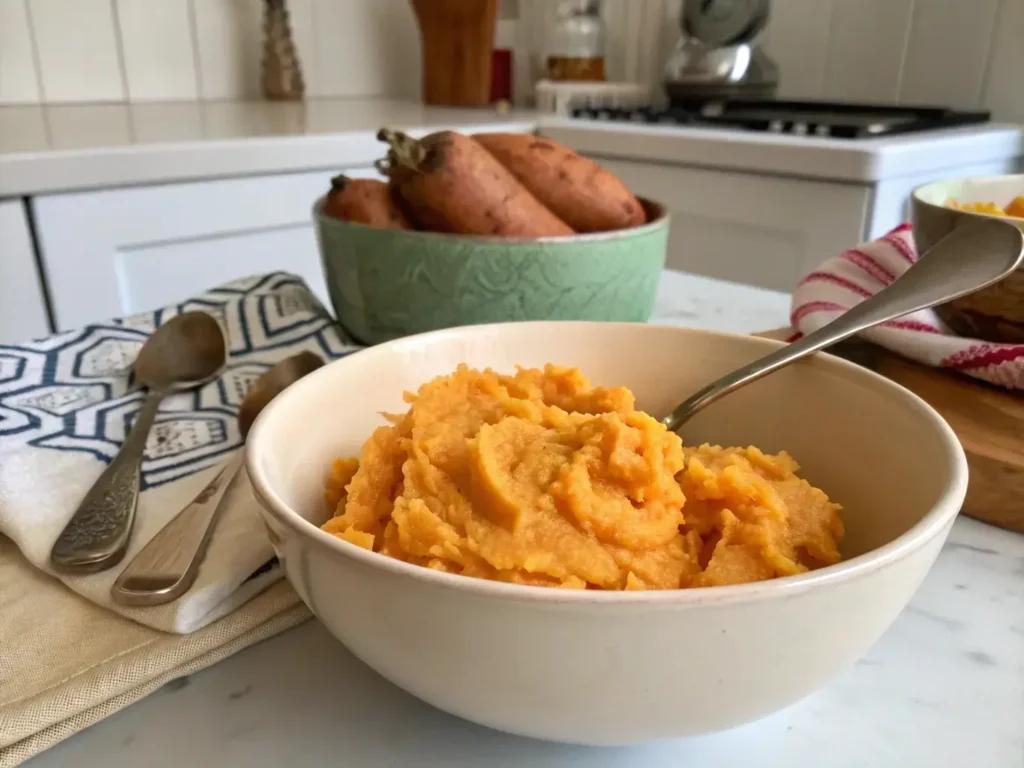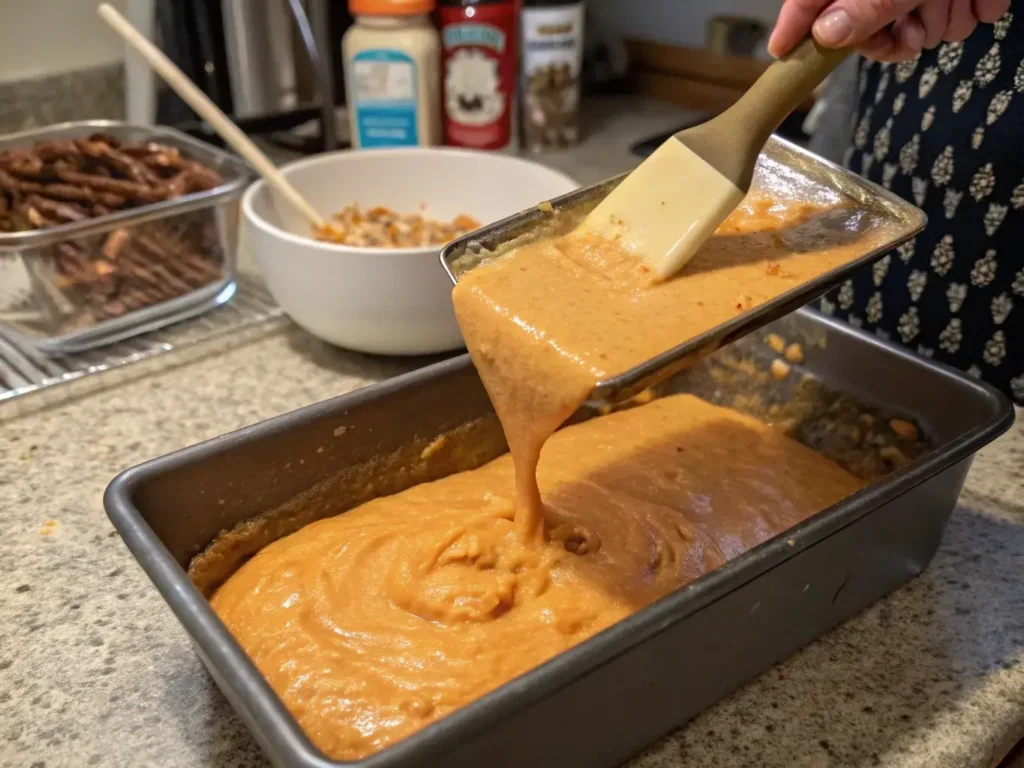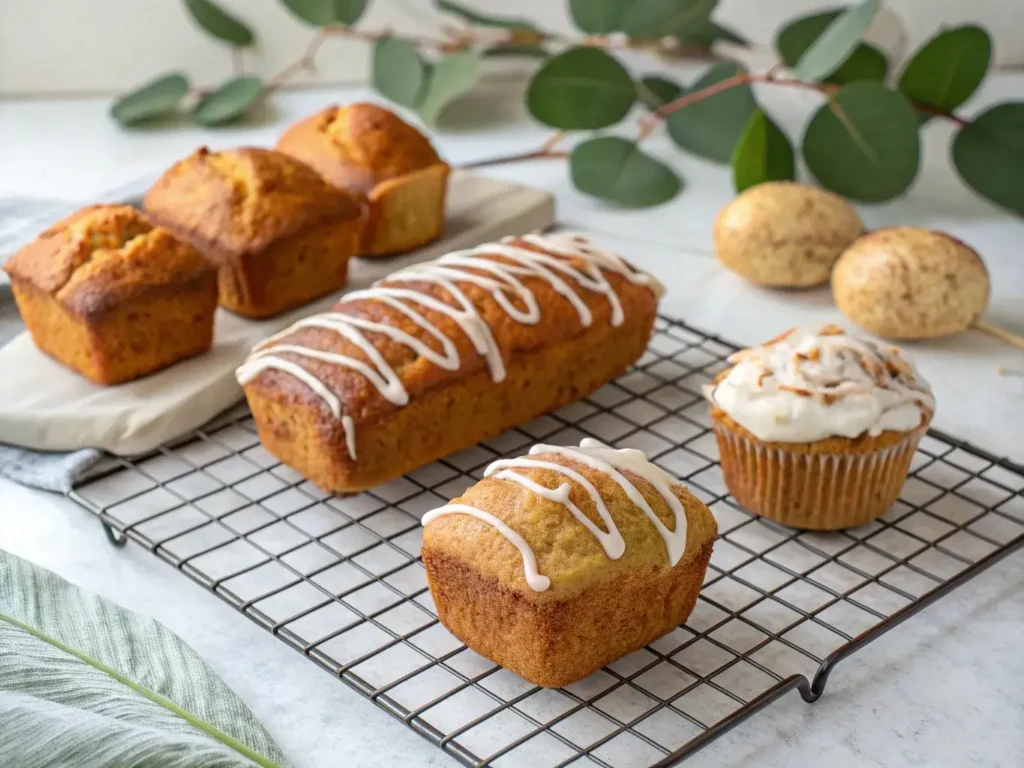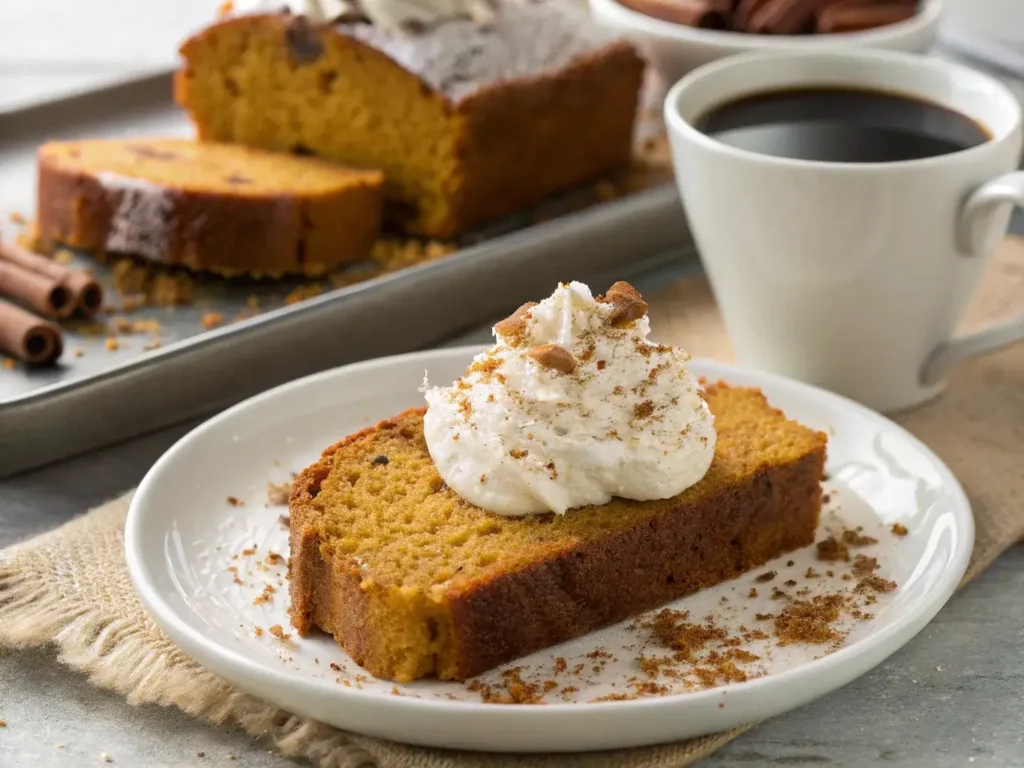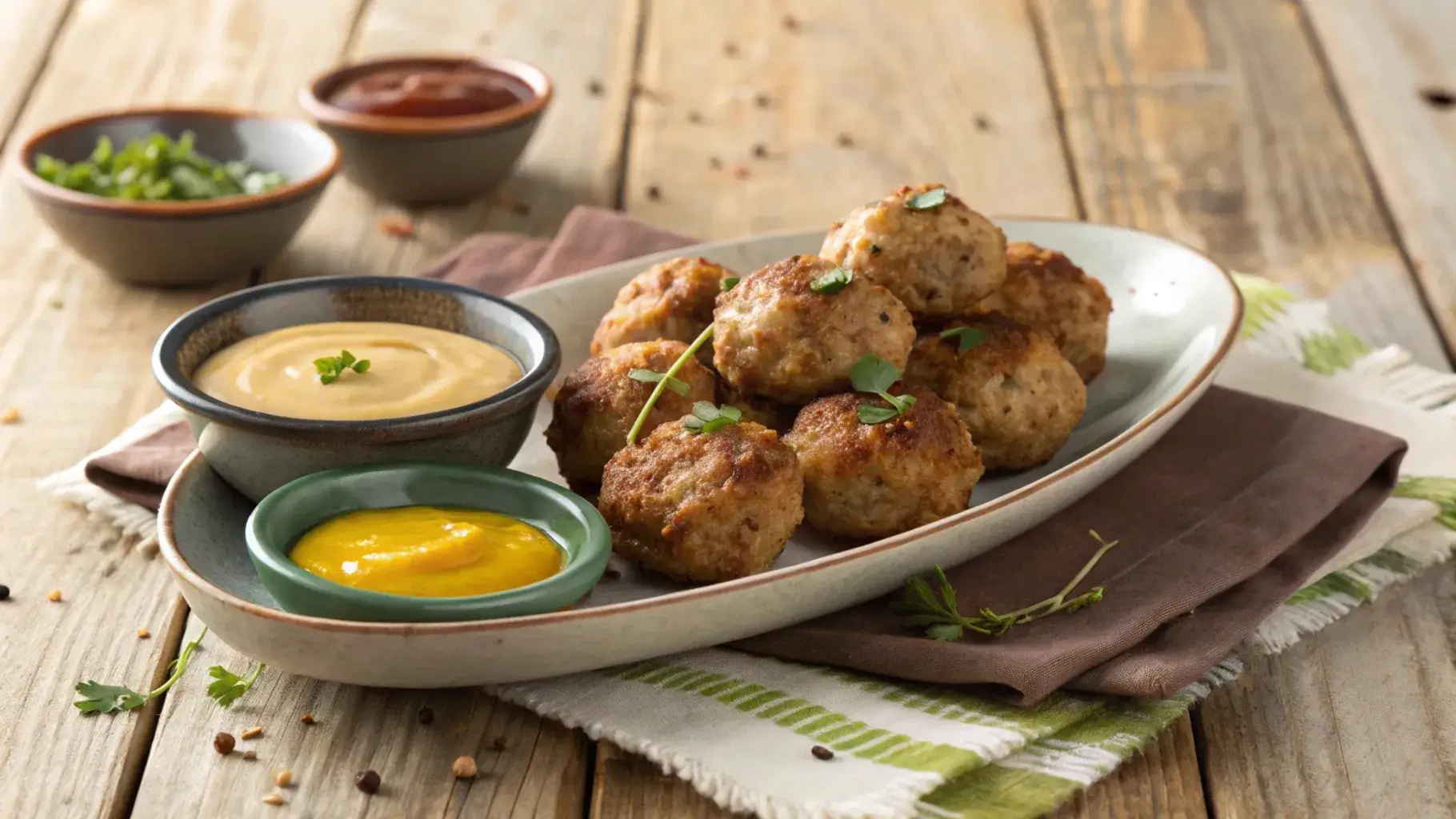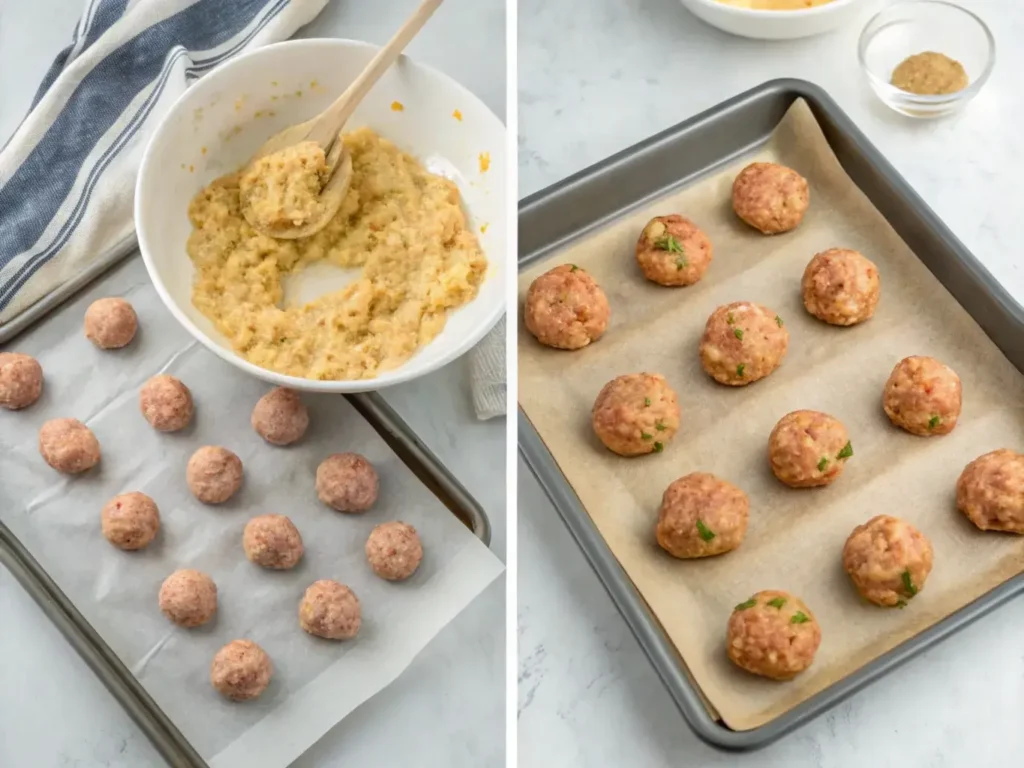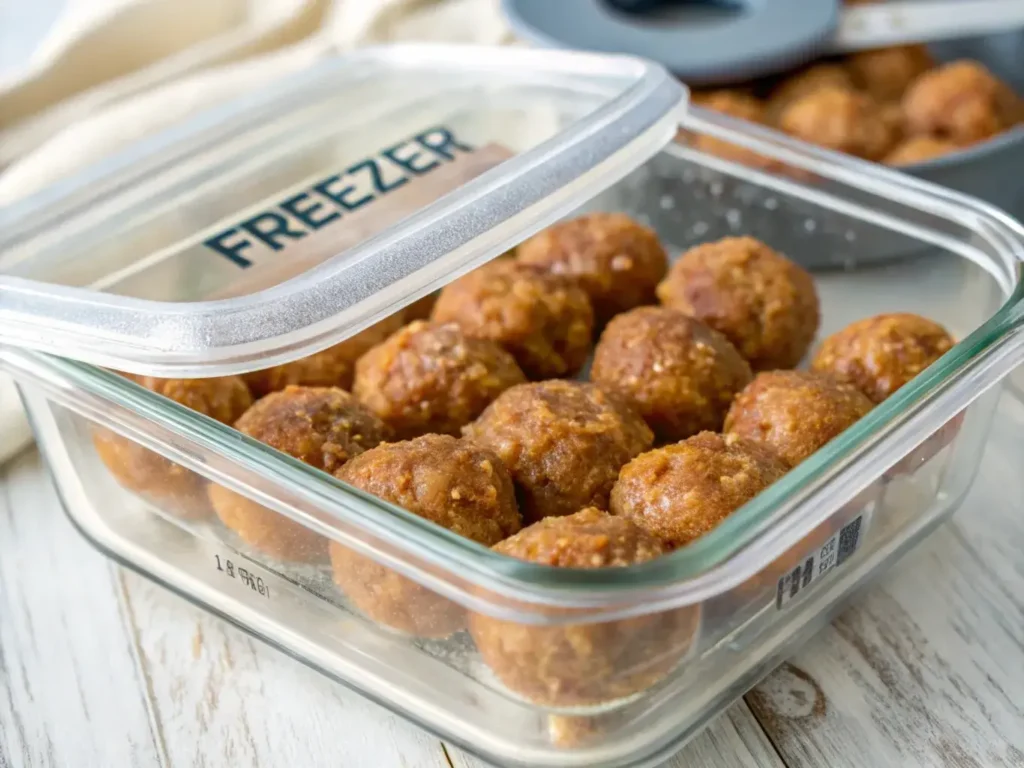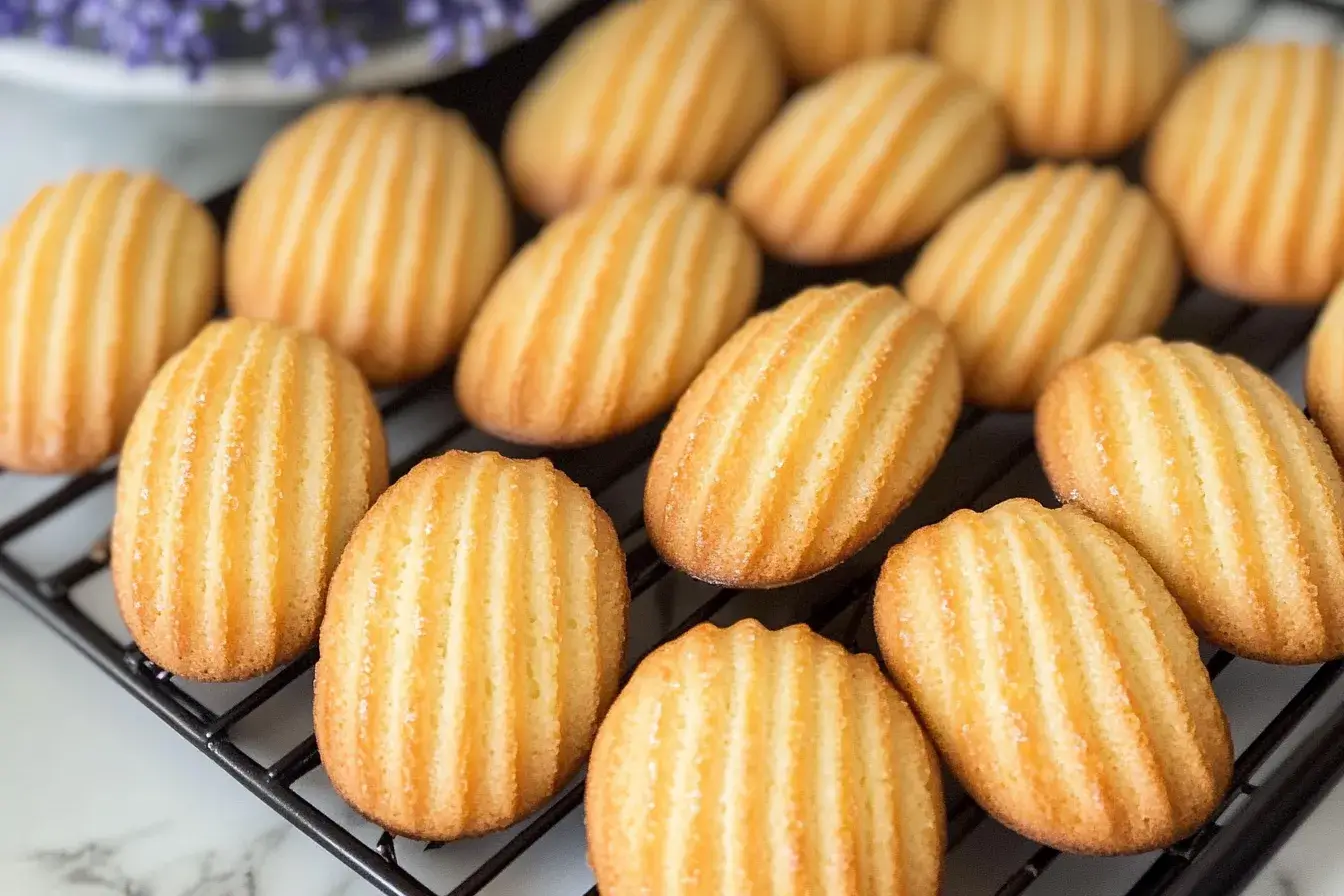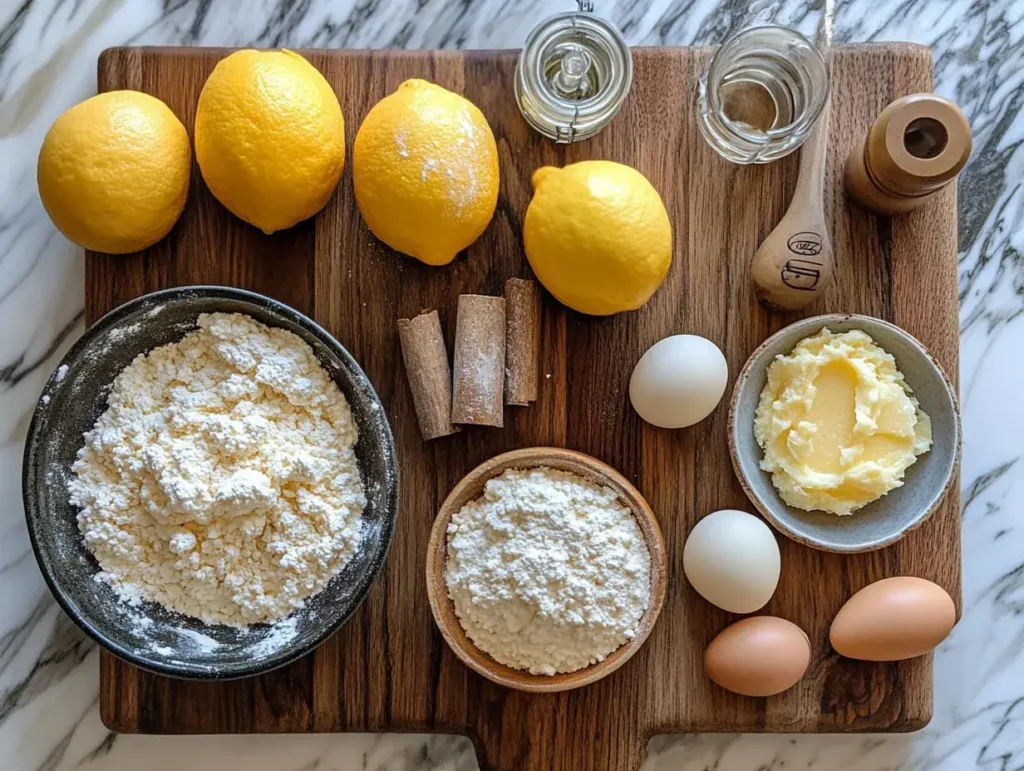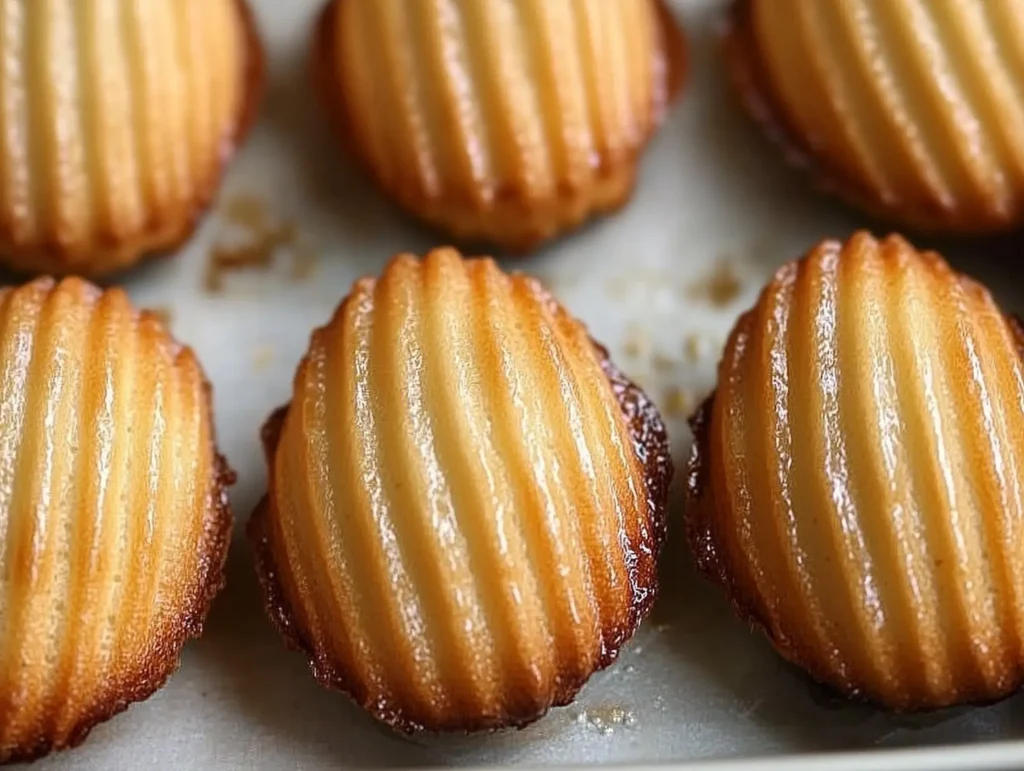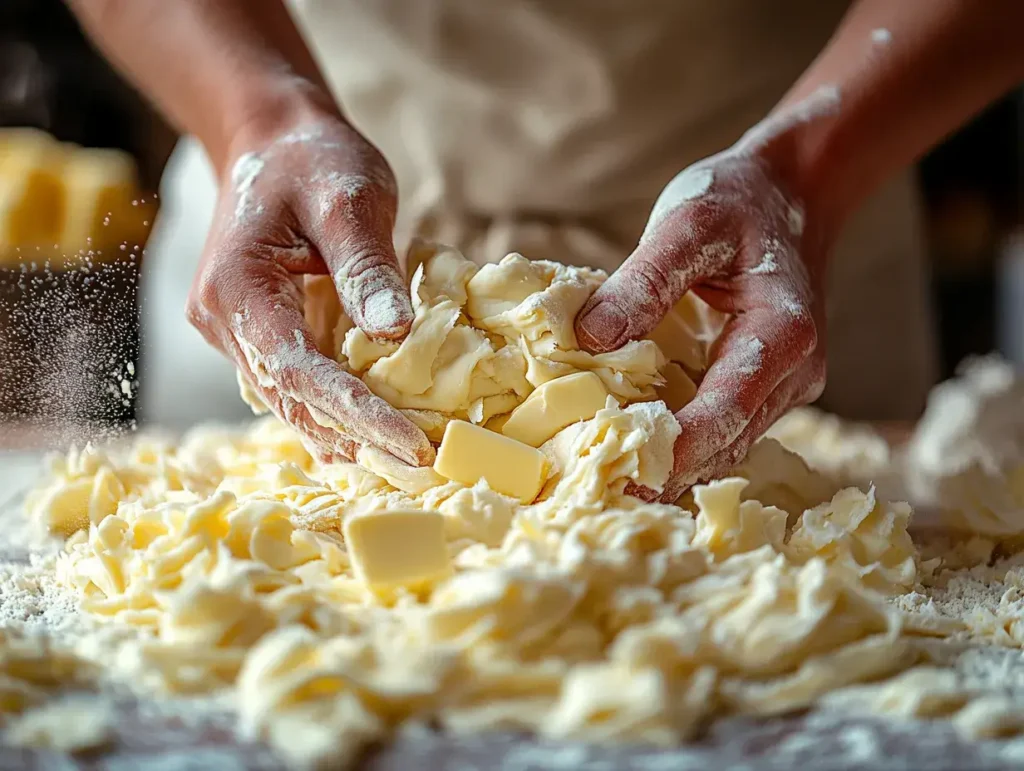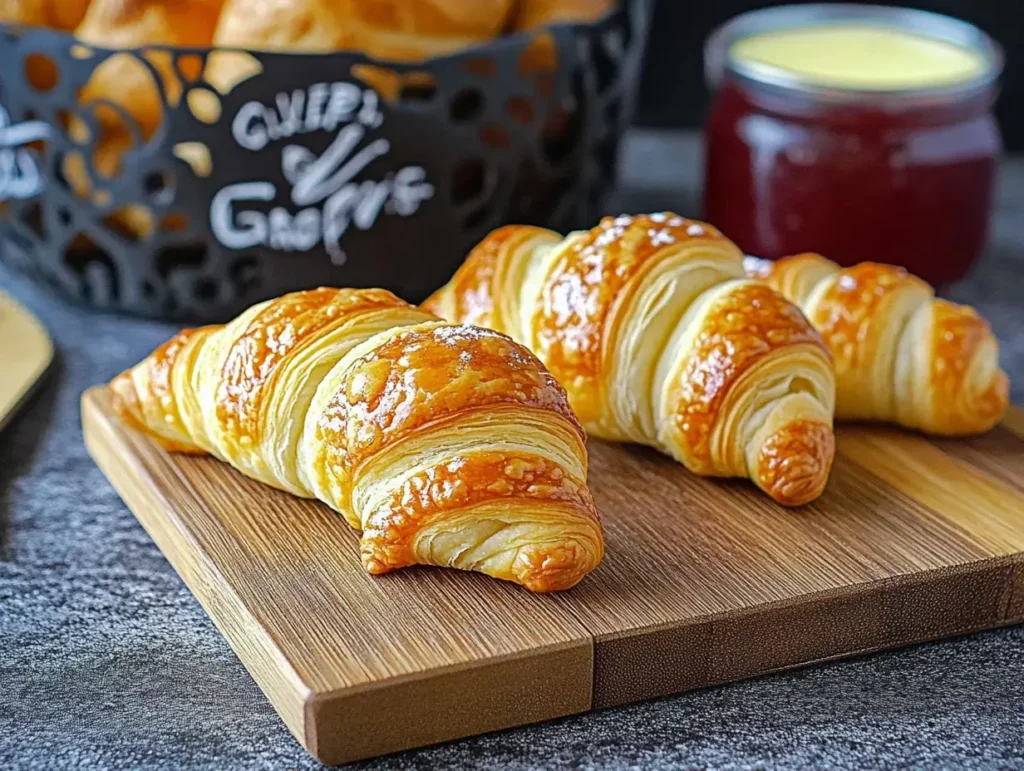Transform your morning routine with this game-changing mexican potatoes breakfast recipe! Imagine perfectly crispy potatoes dancing with smoky chilies and fresh herbs, all coming together in one sizzling skillet. Whether you’re feeding a hungry weekend crowd or meal-prepping for busy mornings, these spicy breakfast potatoes deliver restaurant-worthy flavors right from your kitchen.
Table of Contents
Why This mexican potatoes breakfast recipe Will Become Your Morning Favorite
The Story Behind These Authentic Mexican Breakfast Potatoes
Let’s be honest – mornings deserve something special, and this Mexican breakfast potatoes recipe delivers just that! As someone who’s spent countless weekends perfecting breakfast recipes, I can confidently say that these crispy potato skillets stand out from the crowd. Not only do they bring authentic flavors to your table, but they also offer the perfect balance of simplicity and wow-factor that makes breakfast truly memorable.
Key Ingredients That Make This Recipe Special
First and foremost, the secret lies in choosing the right potatoes. While traditional papas con chorizo often uses russet potatoes, I’ve discovered that small, waxy varieties like Yukon Gold or red potatoes work wonderfully in this recipe. According to America’s Test Kitchen, these varieties hold their shape better while still achieving that coveted crispy exterior. Moreover, the combination of authentic Mexican spices including smoky chipotle, earthy cumin, and bright chili powder transforms ordinary potatoes into a breakfast sensation.
Time-Saving Tips and Meal Prep Options
Here’s the best part about this Mexican potato skillet breakfast it’s incredibly versatile and meal-prep friendly! You can prep the potatoes and spice mixture the night before, which means you’re just minutes away from a restaurant-worthy breakfast come morning. Furthermore, these potatoes reheat beautifully, making them perfect for busy weekday mornings or weekend meal planning.
Health Benefits of Starting Your Day with this Skillet
Beyond their irresistible taste, these breakfast potatoes pack quite a nutritional punch. Potatoes provide essential carbohydrates for sustained energy, while the addition of fresh vegetables and herbs boosts the vitamin content. Additionally, when prepared with heart-healthy oils and paired with protein-rich toppings like eggs or black beans, this dish becomes a well-rounded breakfast option that’ll keep you satisfied until lunch.
Speaking of satisfaction, the versatility of this recipe means you can easily adjust the spice levels and toppings to suit your preferences. While some might prefer a milder version garnished with fresh cilantro and lime, others might opt for the full Mexican breakfast experience with added jalapeños and a sprinkle of queso fresco.
Essential Ingredients and Equipment for Perfect mexican potatoes breakfast recipe
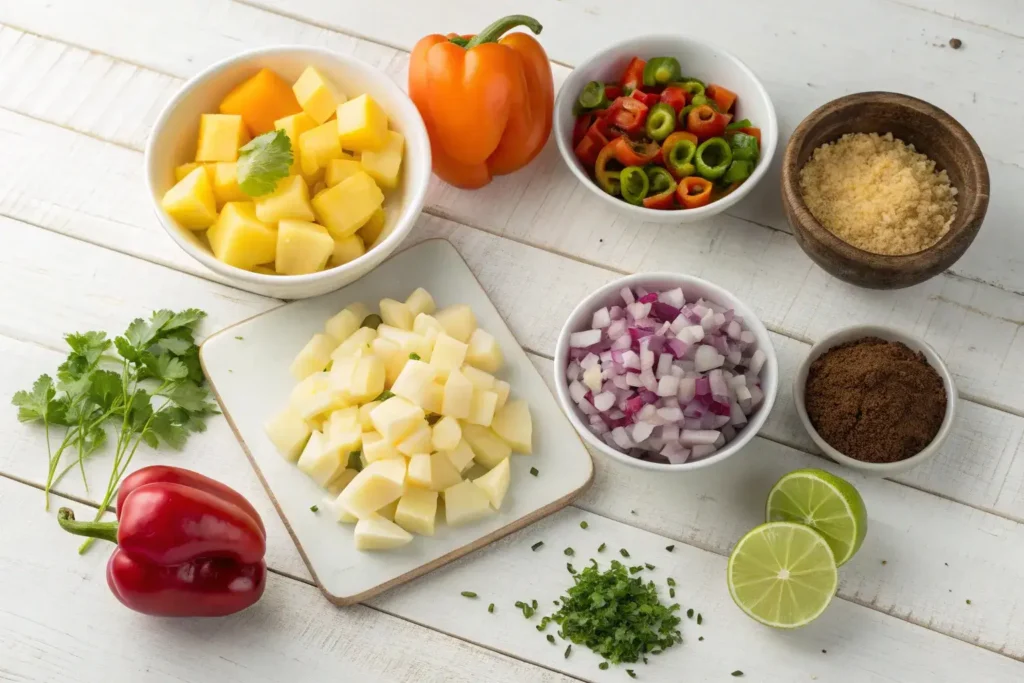
Choosing the Perfect Potatoes for Your Mexican Skillet
When it comes to creating the ultimate Mexican breakfast potatoes recipe, choosing the right spuds makes all the difference! For best results, grab yourself some Yukon Gold potatoes – these golden beauties have the perfect starch content for achieving that coveted crispy-outside, creamy-inside texture. You’ll need about 2 pounds of potatoes, preferably cut into ½-inch cubes for even cooking.
Must-Have Spices and Seasonings
Now, let’s talk about what makes these breakfast potatoes truly Mexican! Your spice blend should include:
- 2 tablespoons Mexican chili powder
- 1 tablespoon ground cumin
- 1 teaspoon smoked paprika
- 1 teaspoon garlic powder
- ½ teaspoon Mexican oregano
Additionally, you’ll need kosher salt and freshly ground black pepper to taste. For that extra kick of authenticity, consider adding a pinch of chipotle powder or cayenne pepper.
Fresh Ingredients That Make the Difference
To elevate your Mexican potato skillet breakfast, you’ll want to include:
- 1 white onion, finely diced
- 2 bell peppers (any color), chopped
- 4 cloves fresh garlic, minced
- Fresh cilantro for garnish
- Lime wedges for serving
For added flavor and authenticity, consider incorporating diced poblano peppers or jalapeños if you enjoy some heat. Moreover, keeping some queso fresco and Mexican crema on hand can transform your breakfast potatoes into a complete meal.
Kitchen Tools You’ll Need
Success with this recipe starts with the right equipment. Here’s what you’ll need:
- A 12-inch cast iron skillet (preferred) or heavy-bottom pan
- Sharp knife for uniform potato cutting
- Large mixing bowl for seasoning
- Sturdy spatula for flipping
- Measuring spoons for precise seasoning
The most crucial tool is undoubtedly your skillet a well-seasoned cast iron pan will give you those restaurant-worthy crispy edges that make this dish unforgettable. Furthermore, its heat retention ensures even cooking throughout the entire batch.
Pro Tip: Before starting, make sure all your ingredients are prepped and within reach. This Mexican breakfast potatoes recipe moves quickly once you begin cooking, so having everything ready to go (mise en place) will make the process smooth and enjoyable.
Step-by-Step Cooking Instructions for mexican potatoes breakfast recipe
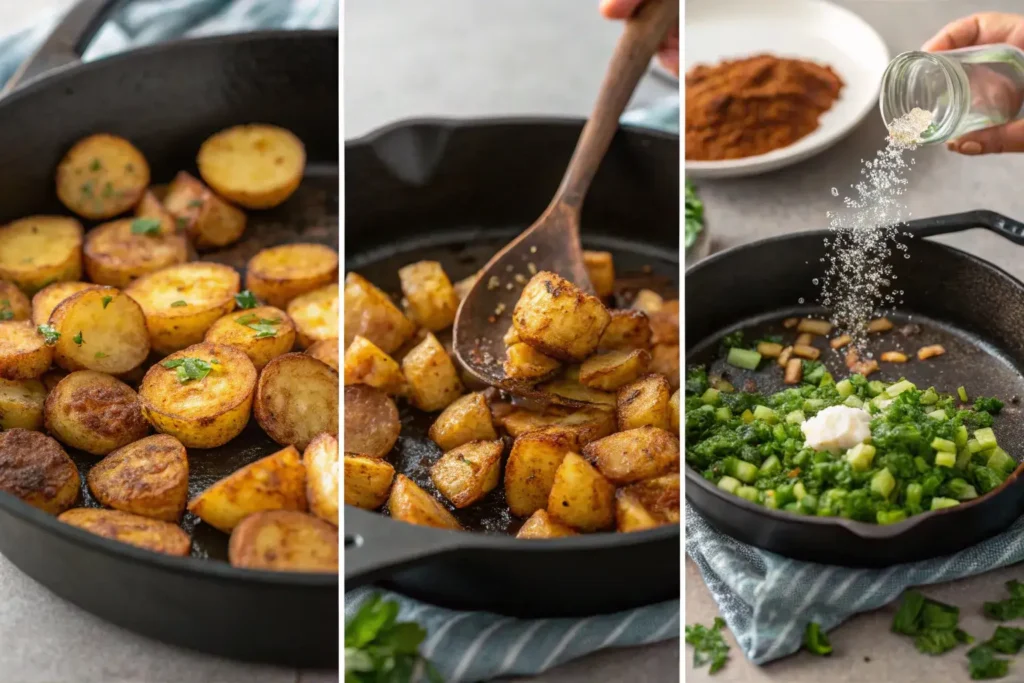
Preparing Your Potatoes for Perfect Crispiness
Let’s dive into making the most amazing Mexican breakfast potatoes recipe you’ve ever tasted! First, wash and cube your potatoes into uniform ½-inch pieces consistency is key for even cooking. Here’s a game-changing tip: after cutting, soak your potatoes in cold water for 15 minutes, then pat them completely dry. This extra step removes excess starch and ensures maximum crispiness.
Meanwhile, preheat your skillet over medium-high heat. Once hot, add 2 tablespoons of oil and let it heat until shimmering. This preparation method guarantees those irresistibly crispy breakfast potatoes you’re craving!
Creating the Authentic Mexican Spice Blend
Now for the magic that transforms ordinary potatoes into Mexican-style breakfast potatoes! In a small bowl, combine your spices:
- First, mix chili powder and cumin as your base
- Then, add paprika and garlic powder
- Finally, incorporate oregano and salt
Pro tip: Toast your spices in the dry skillet for 30 seconds before adding oil. This quick step awakens the flavors and creates an incredible aroma that’ll have everyone rushing to the kitchen!
Mastering the Skillet Cooking Technique
Here’s where our Mexican potato skillet breakfast really comes to life! Begin by adding your dried potatoes to the hot oil in a single layer. The secret to perfectly crispy potatoes lies in these three key steps:
- Don’t overcrowd the pan – work in batches if needed
- Let them cook undisturbed for 4-5 minutes until golden brown
- Flip only once to ensure even browning
As the potatoes near completion, add your diced onions and peppers. Cook for an additional 5 minutes until the vegetables are tender and the potatoes are cooked through.
Garnishing and Serving Suggestions
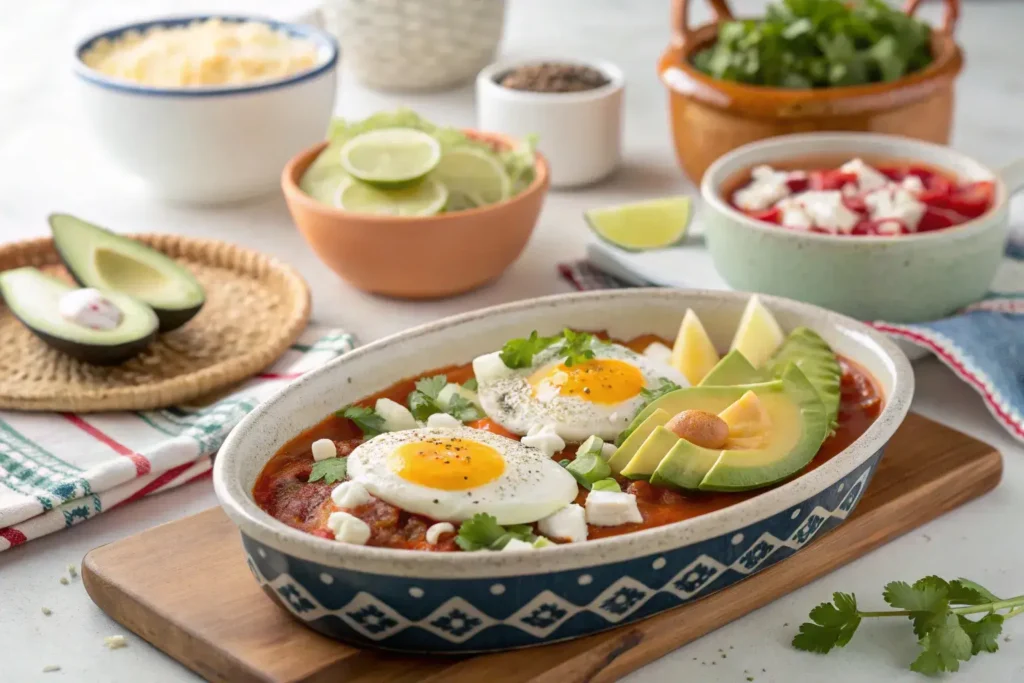
The finishing touches make this Mexican breakfast potatoes recipe truly special! While the potatoes are still hot, toss them with fresh cilantro and a squeeze of lime juice. For serving, consider these delicious combinations:
- Top with a fried egg and avocado slices
- Sprinkle with queso fresco and drizzle with Mexican crema
- Serve alongside fresh pico de gallo and warm tortillas
Remember, these potatoes should be served immediately while piping hot for the best texture and flavor experience!
Recipe Variations and Customization for Your Mexican Breakfast Potatoes
Vegetarian and Vegan Adaptations
Let’s make this Mexican breakfast potatoes recipe work for everyone! The basic recipe is naturally vegetarian, but you can easily make it vegan by skipping traditional toppings like queso fresco. Instead, try these plant-based alternatives:
- Sprinkle with nutritional yeast for a cheesy flavor
- Add diced avocado for creaminess
- Top with black beans for extra protein
- Drizzle with cashew crema
The beauty of this recipe lies in its flexibility you can create a hearty, satisfying breakfast that fits any dietary preference while maintaining those authentic Mexican flavors!
Spice Level Adjustments
Everyone has their own spice tolerance, so let’s explore how to customize your Mexican potato skillet breakfast! Here’s a simple guide:
- Mild: Skip the jalapeños and use mild chili powder
- Medium: Add one diced poblano pepper
- Hot: Include serrano peppers and a pinch of cayenne
- Extra Hot: Add habanero peppers or hot sauce
Remember, you can always start mild and adjust the heat level up it’s much harder to cool things down once they’re too spicy!
Adding Proteins (Chorizo, Eggs, or Bean Options)
Transform your breakfast potatoes into a complete meal by adding protein! Here are some winning combinations:
- Chorizo and potatoes: Add Mexican chorizo while cooking the potatoes
- Egg variations: Top with fried, scrambled, or poached eggs
- Bean medley: Mix in pinto or black beans
- Tofu scramble: Add crumbled tofu seasoned with turmeric
Each protein option brings its own unique flavor while making the dish more filling and nutritious. Furthermore, you can prep these additions alongside your potatoes for a quick and easy breakfast solution.
Make-Ahead and Storage Tips
These Mexican-style potatoes are perfect for meal prep! Here’s how to make them work for busy mornings:
- Prep vegetables and spice mix in advance
- Par-cook potatoes and store in the fridge
- Reheat in a hot skillet with a splash of oil
- Add fresh garnishes just before serving
Storage guidelines:
- Refrigerate leftovers for up to 3 days
- Freeze cooked potatoes for up to 1 month
- Always reheat in a skillet (never microwave) for best texture
- Add fresh toppings after reheating
Frequently Asked Questions
What is the traditional Mexican breakfast?
A traditional Mexican breakfast goes way beyond your typical toast and coffee! While our Mexican breakfast potatoes recipe makes a fantastic addition to any morning meal, authentic Mexican breakfasts typically include dishes like chilaquiles, huevos rancheros, and papas con chorizo. Many families enjoy these hearty dishes with warm tortillas, fresh salsas, and sometimes refried beans. The key is creating a filling meal that powers you through your morning!
What kind of potatoes are used in Mexico?
Mexican cuisine traditionally uses several potato varieties, but the most common are papa blanca (white potatoes) and papa alfa (similar to Yukon Gold). For this Mexican potato skillet breakfast, you’ll get the best results using Yukon Gold or red potatoes, as they hold their shape well while getting perfectly crispy on the outside. However, any waxy potato variety will work beautifully in this recipe!
What breakfast food is made from potatoes?
Potatoes are breakfast superstars worldwide! Beyond our Mexican breakfast potatoes, you’ll find classics like hash browns, home fries, and potato pancakes. What makes this Mexican-style version special is the vibrant blend of spices and fresh ingredients that transform simple spuds into a flavor-packed morning feast. Plus, these potatoes work perfectly as a base for eggs, chorizo, or any protein you prefer!
Are potatoes part of Mexican food?
Absolutely! While corn and beans might get more attention, potatoes play a significant role in Mexican cuisine. From papas con chorizo to potato tacos (tacos de papa), these versatile tubers appear in countless traditional dishes. The Mexican breakfast potatoes recipe celebrates this heritage while adding a contemporary breakfast twist that works beautifully in any morning routine.
Conclusion:
There you have it, friends everything you need to master this Mexican breakfast potatoes recipe! Whether you’re cooking for a hungry family or meal-prepping for the week ahead, these crispy, flavorful potatoes are sure to become your new breakfast go-to. Remember, the key to success lies in proper potato preparation, bold seasoning, and that perfect crispy finish. Now it’s your turn to get cooking and make this recipe your own!

Crispy Mexican Breakfast Potatoes Skillet
- Total Time: 45 minutes
- Yield: 6 servings 1x
Ingredients
For the Potatoes:
- 2 lbs Yukon Gold potatoes, cut into ½-inch cubes
- 3 tablespoons vegetable oil or avocado oil
- 1 large white onion, diced
- 1 red bell pepper, diced
- 1 green bell pepper, diced
- 4 cloves garlic, minced
For the Spice Blend:
- 2 tablespoons Mexican chili powder
- 1 tablespoon ground cumin
- 1 teaspoon smoked paprika
- 1 teaspoon garlic powder
- 1 teaspoon Mexican oregano
- 1½ teaspoons kosher salt
- ½ teaspoon black pepper
For Garnish:
- ½ cup fresh cilantro, chopped
- 2 limes, cut into wedges
- 1 jalapeño, thinly sliced (optional)
- Queso fresco for serving (optional)
- Mexican crema for drizzling (optional)
Instructions
- Prep the Potatoes:
- Cube potatoes and soak in cold water for 15 minutes
- Drain and pat completely dry with paper towels
- Mix all spice blend ingredients in a small bowl
- Start Cooking:
- Heat oil in a large cast-iron skillet over medium-high heat
- Once oil is shimmering, add dried potatoes in a single layer
- Cook undisturbed for 4-5 minutes until golden brown
- Flip and cook another 4-5 minutes
- Add Aromatics:
- Add onions and bell peppers to the skillet
- Cook for 5 minutes, stirring occasionally
- Add minced garlic and spice blend
- Cook for another 1-2 minutes until fragrant
- Finish and Serve:
- Cover skillet and reduce heat to medium-low
- Cook 5-7 minutes until potatoes are tender
- Remove from heat and toss with fresh cilantro
- Serve hot with lime wedges and optional toppings
Notes
- For extra crispy potatoes, don’t skip the soaking step!
- Work in batches if needed – overcrowding the pan prevents proper browning
- Make ahead: Prep vegetables and spice mix the night before
- Store leftovers in an airtight container for up to 3 days
- Reheat in a hot skillet (avoid microwave) for best texture

